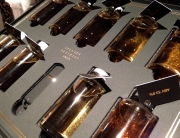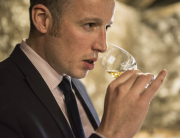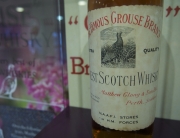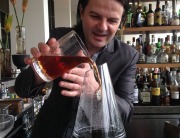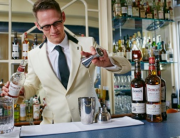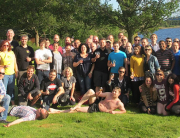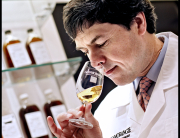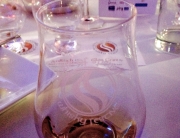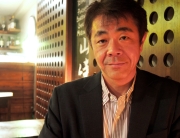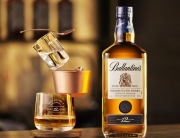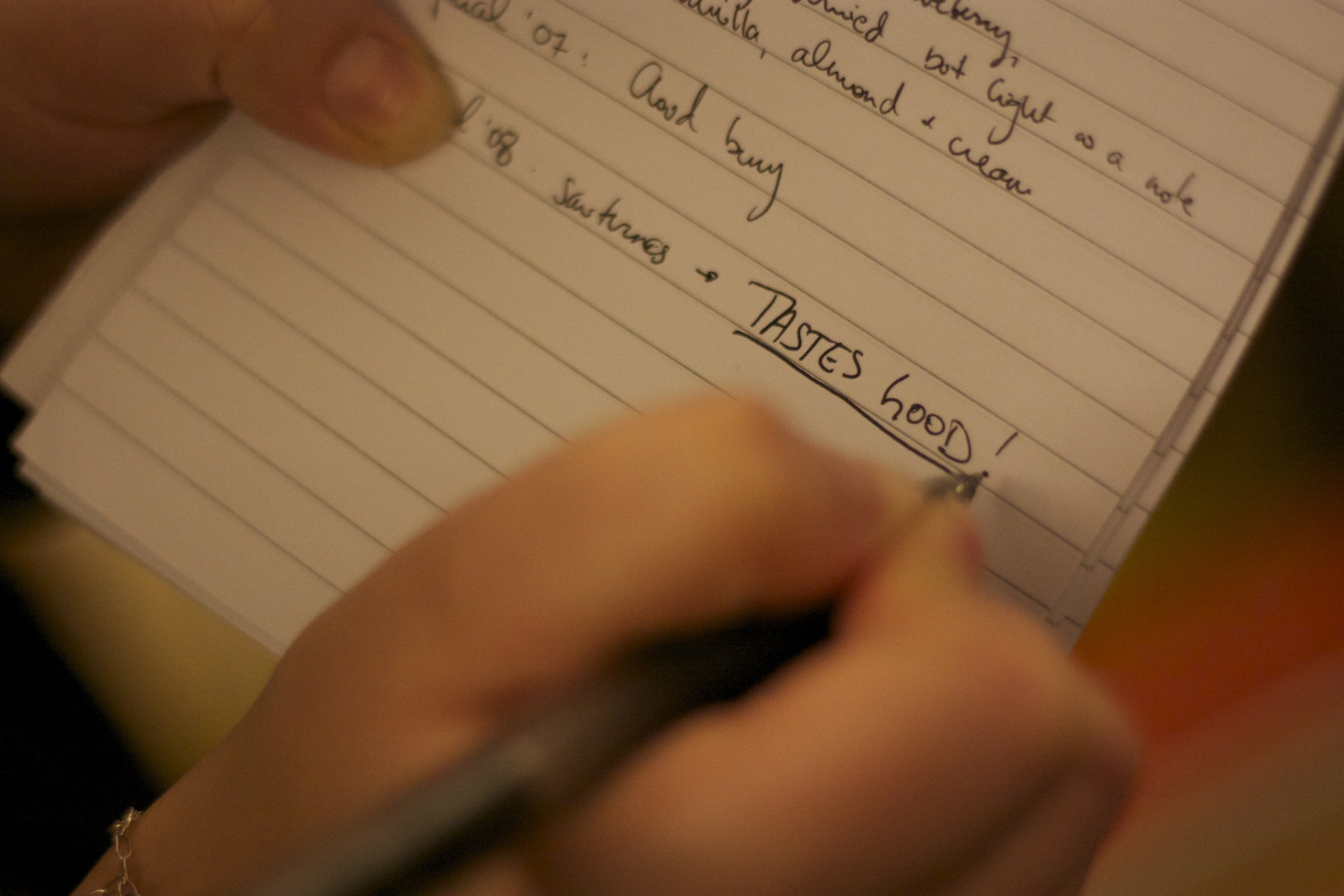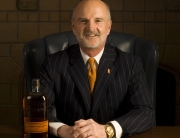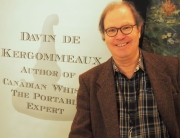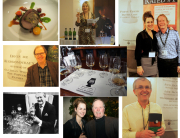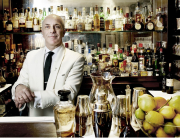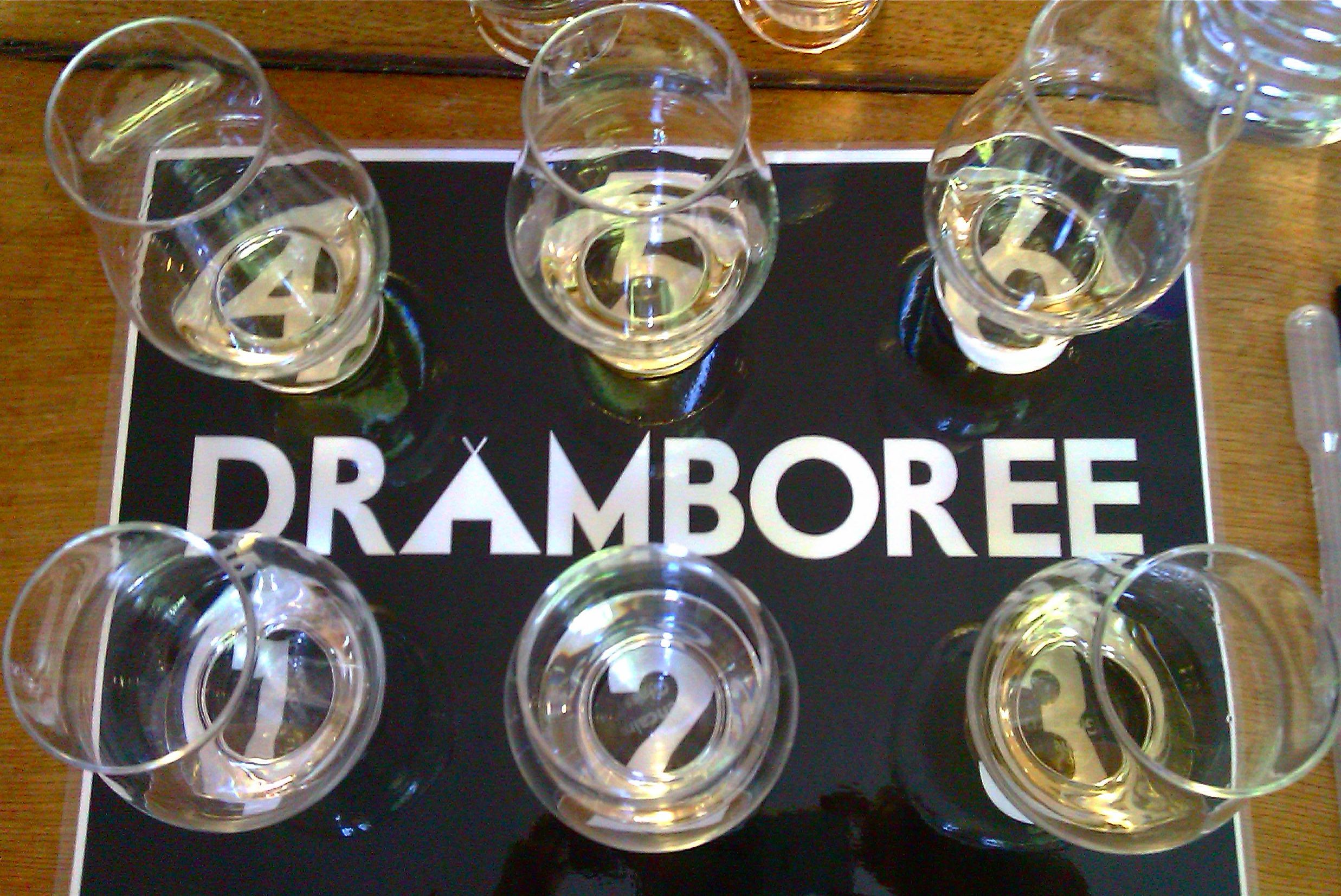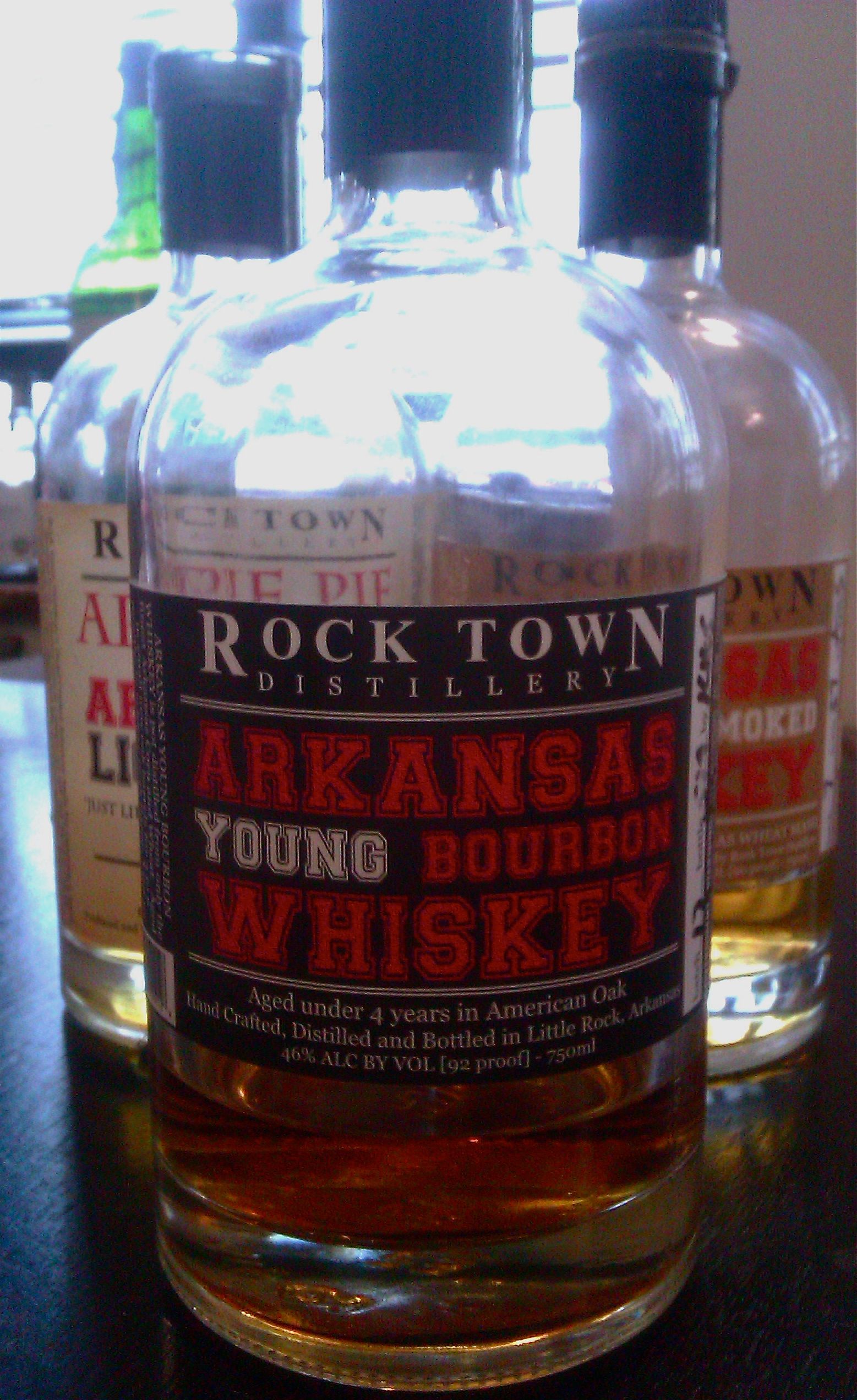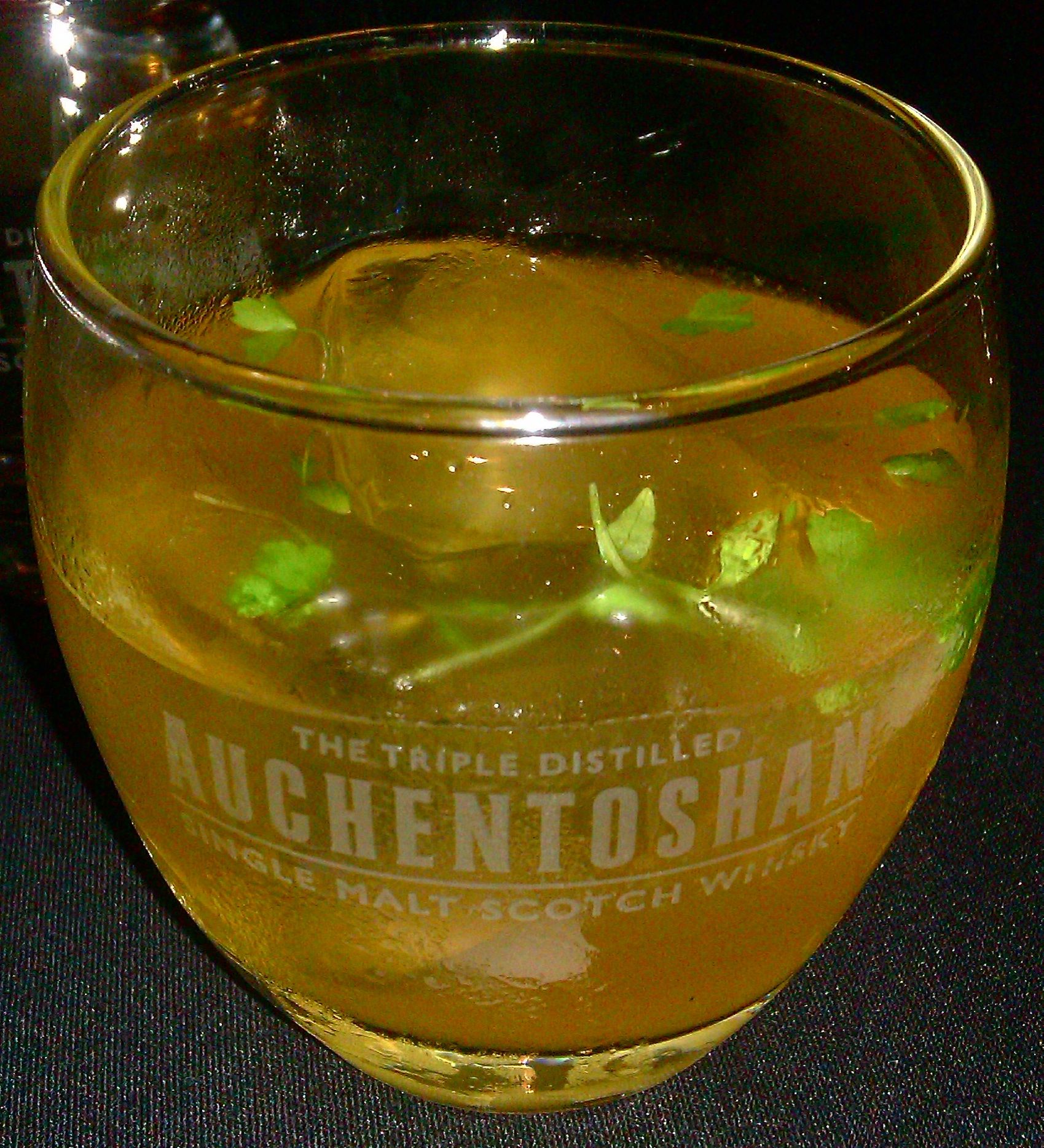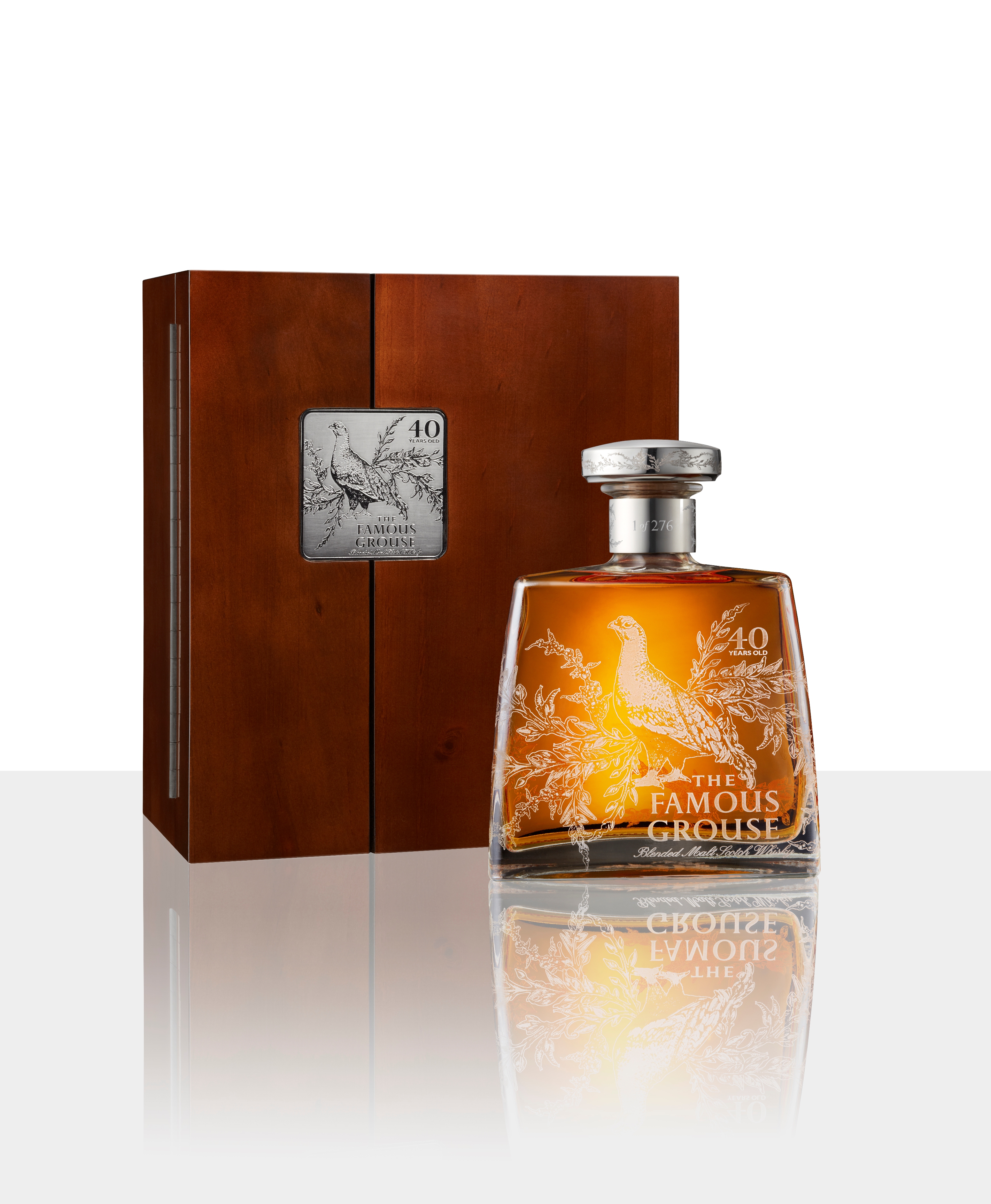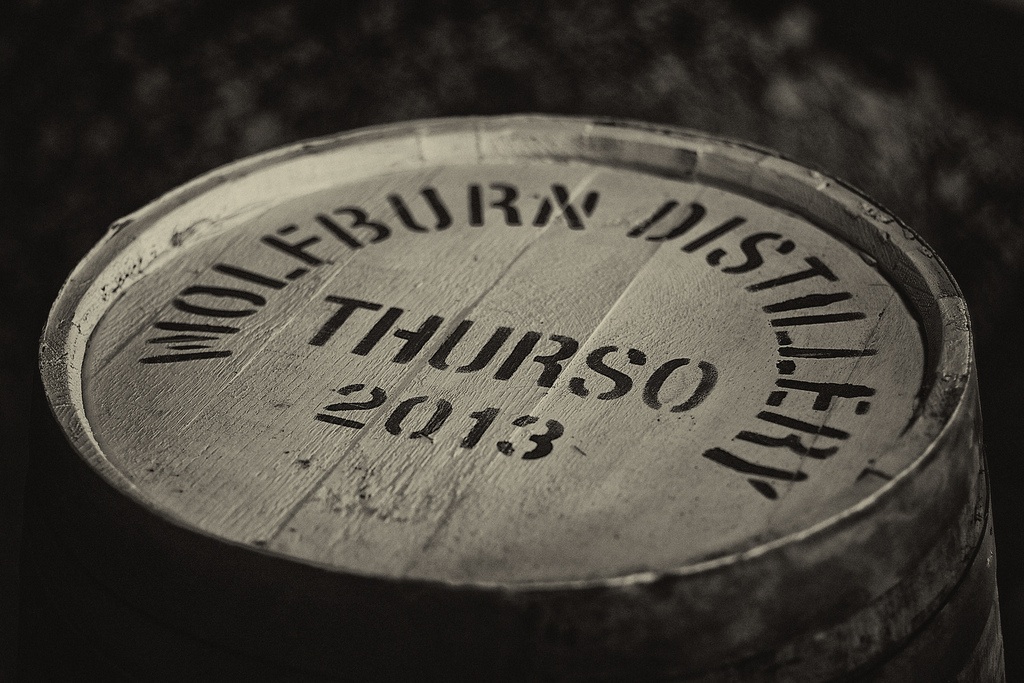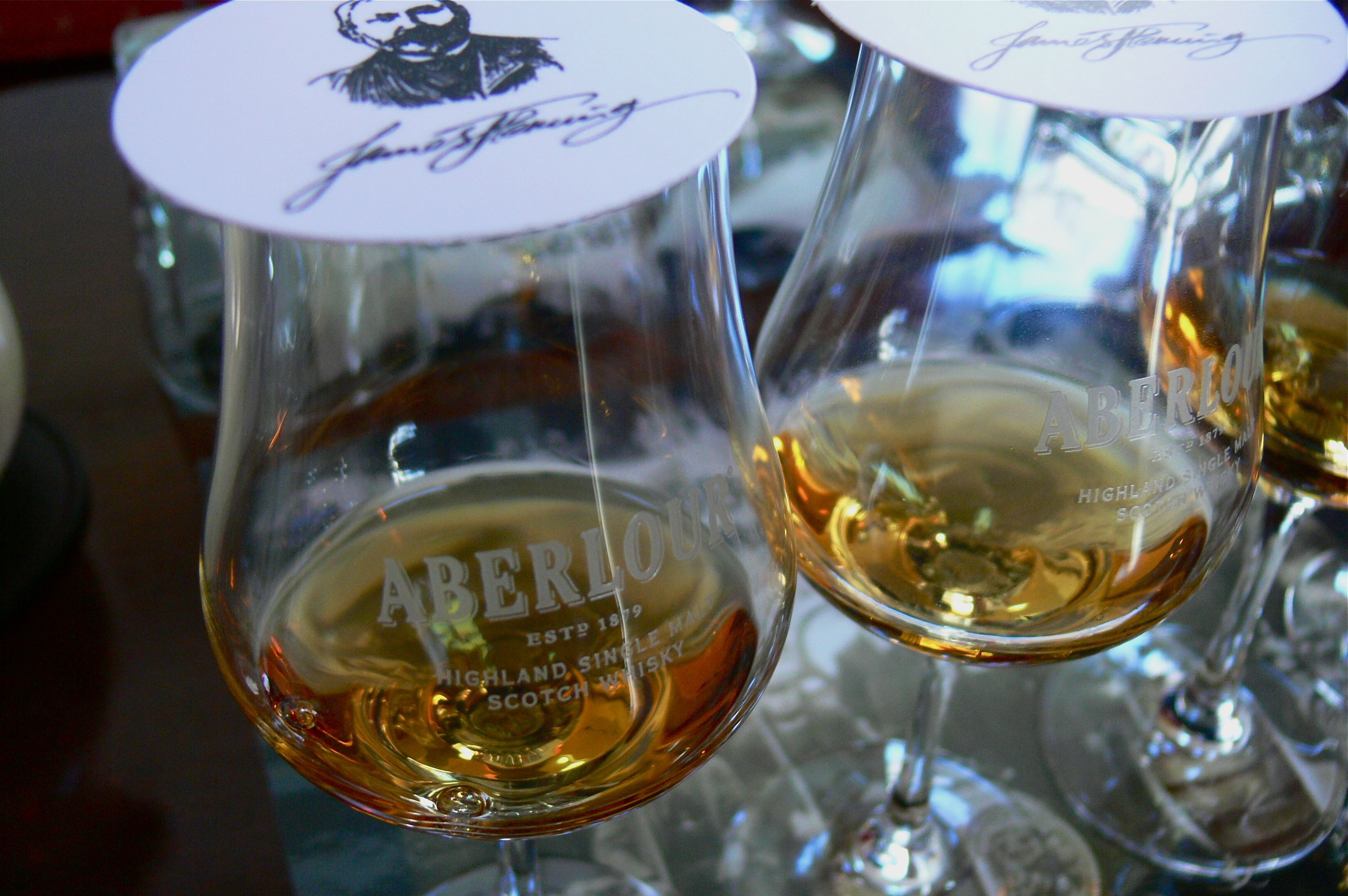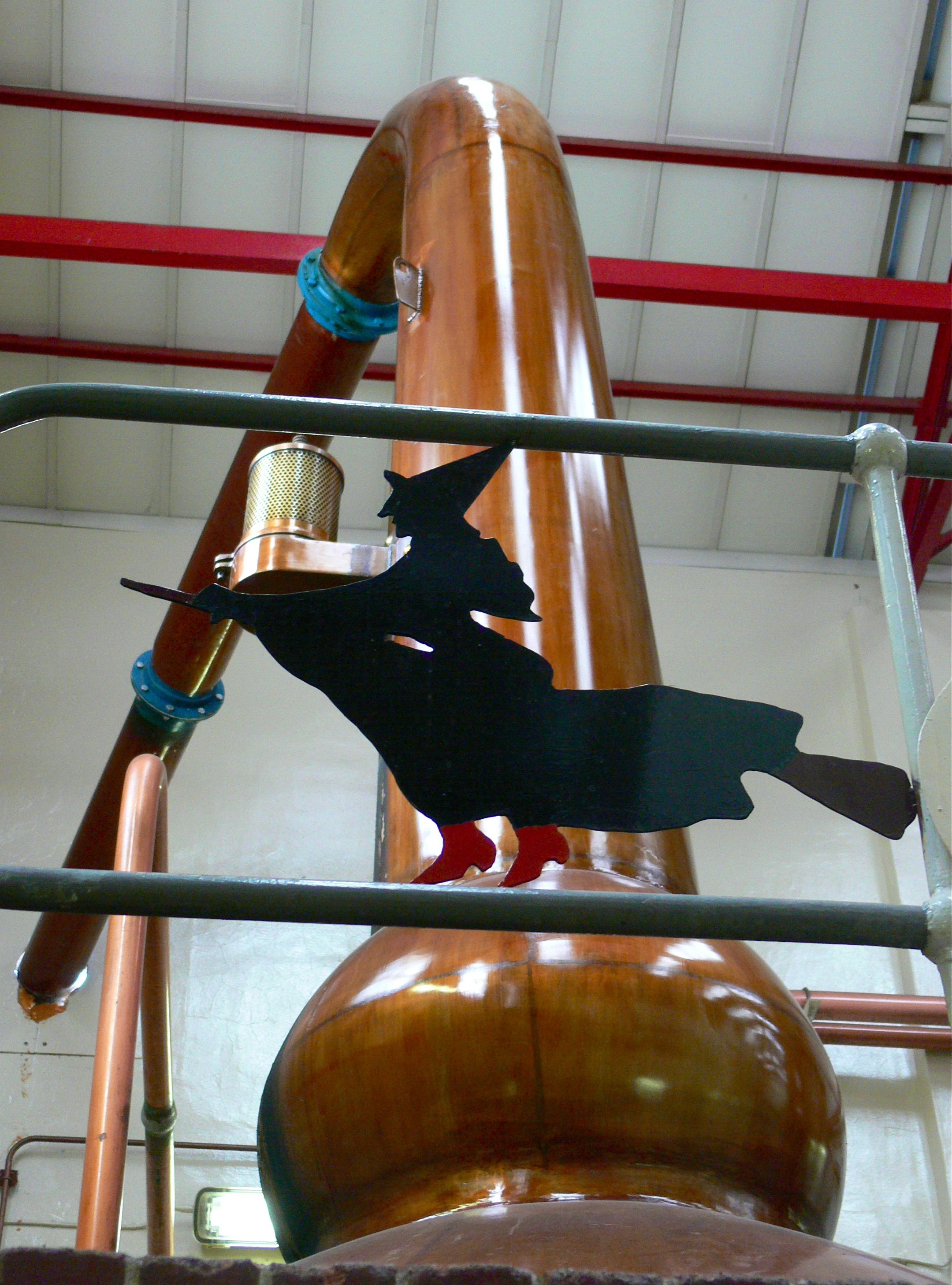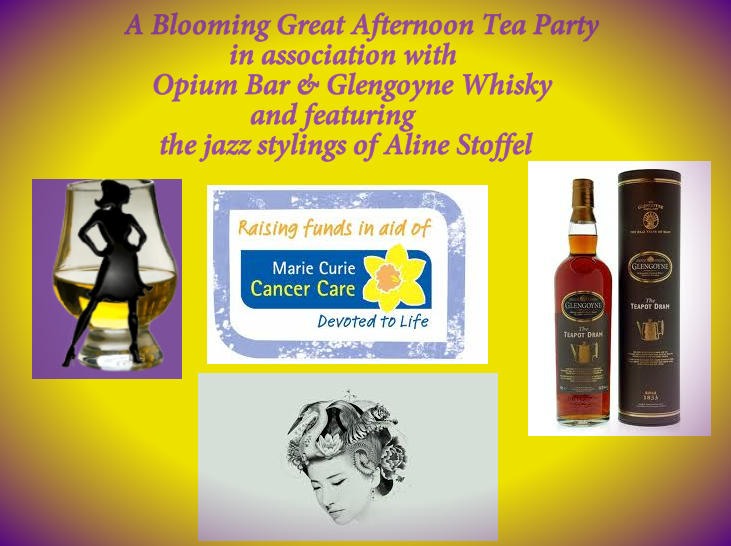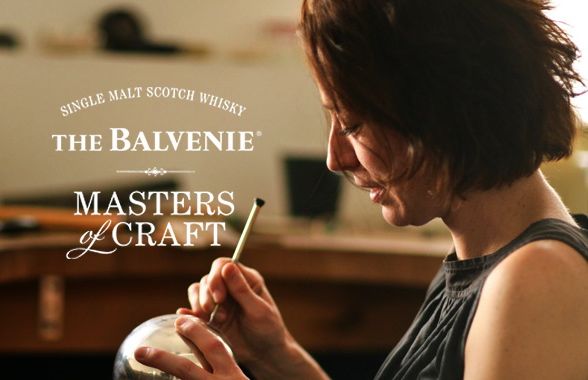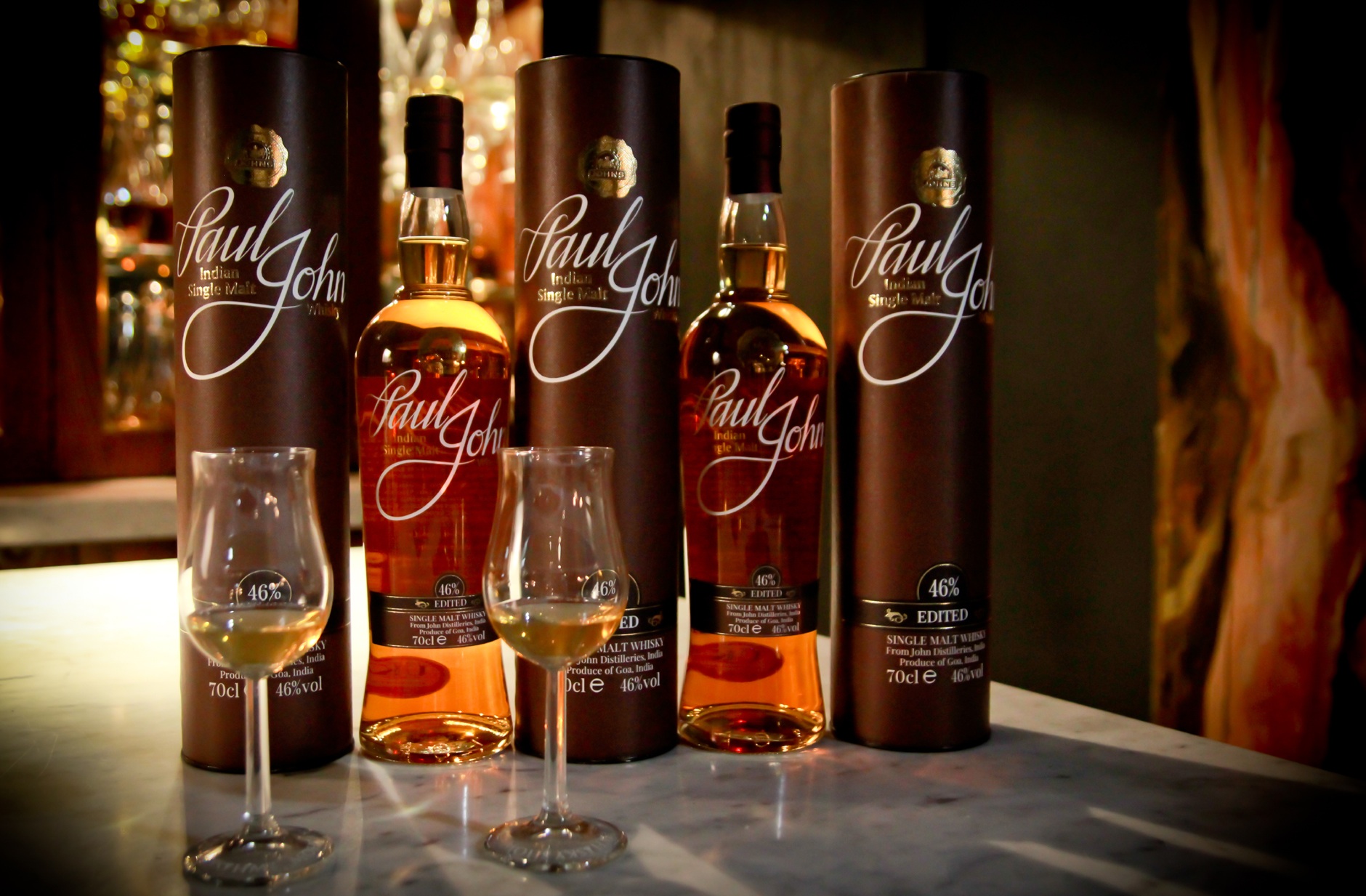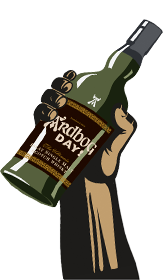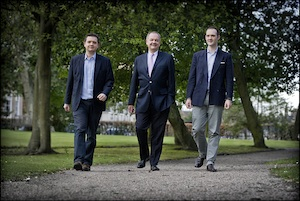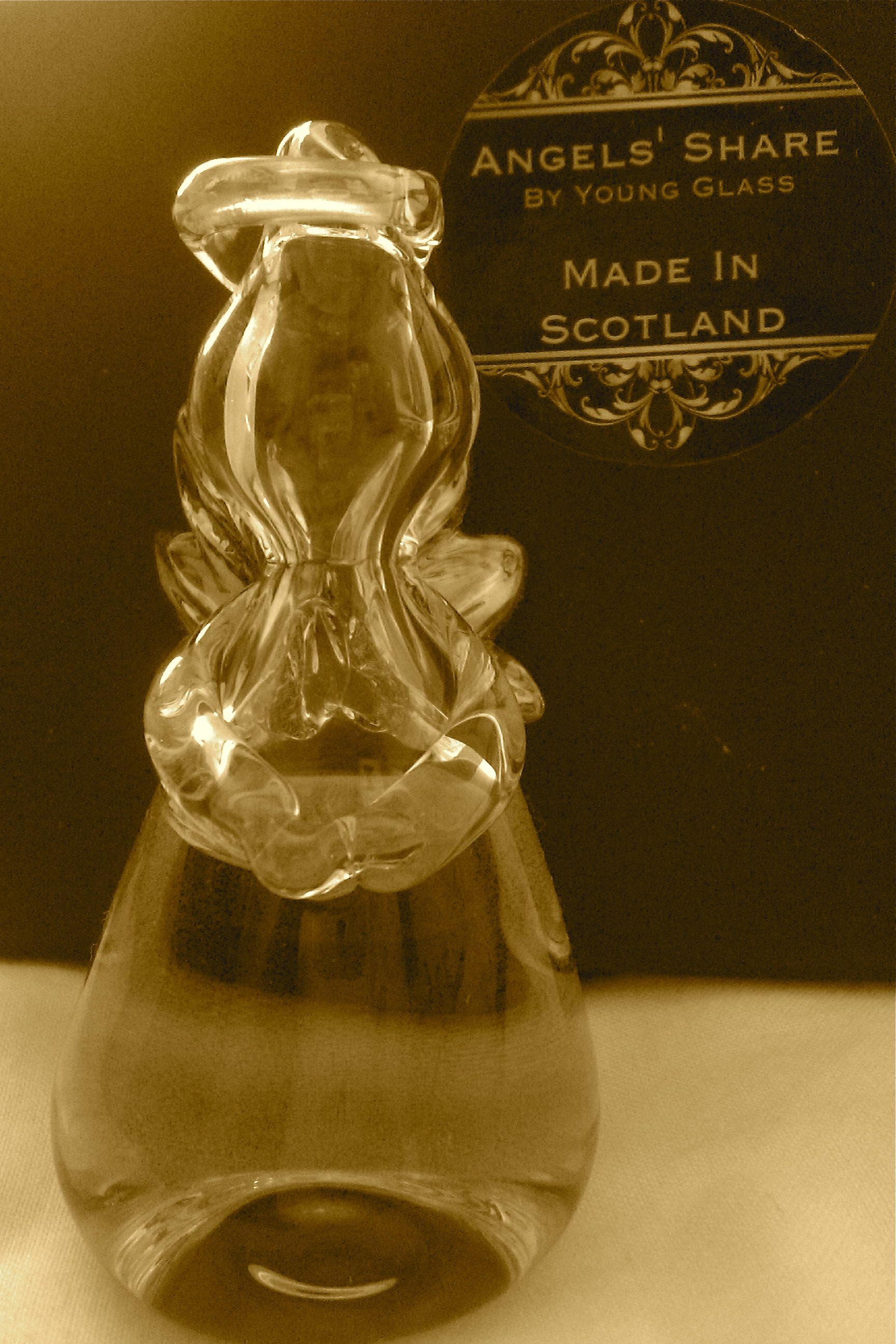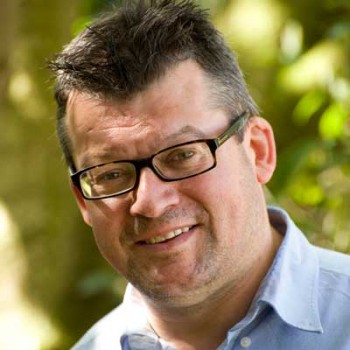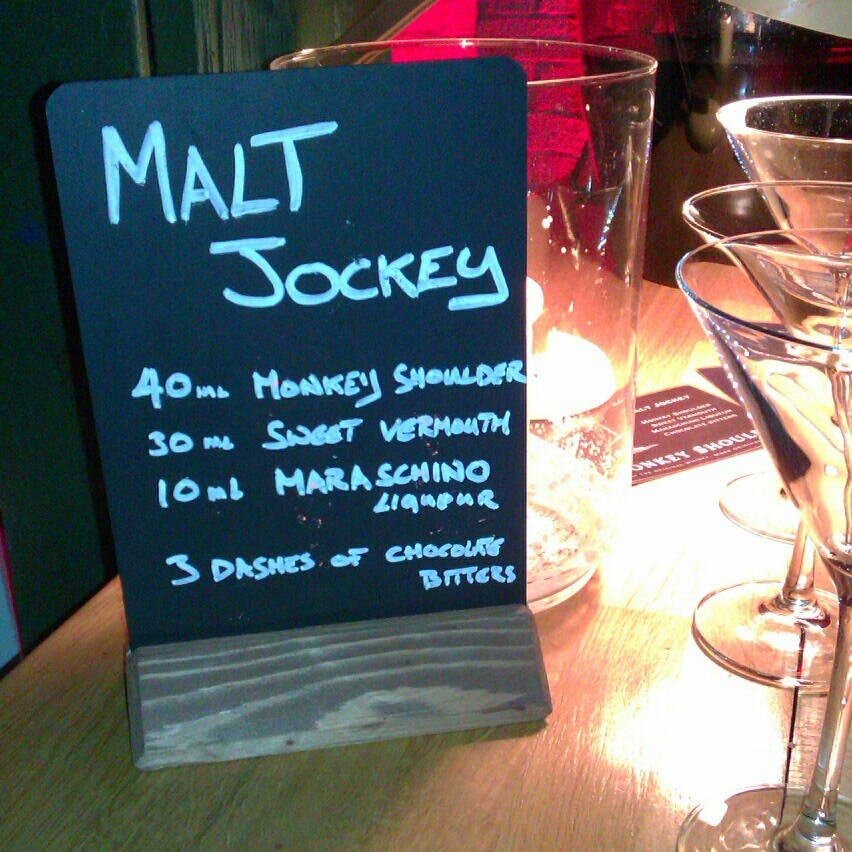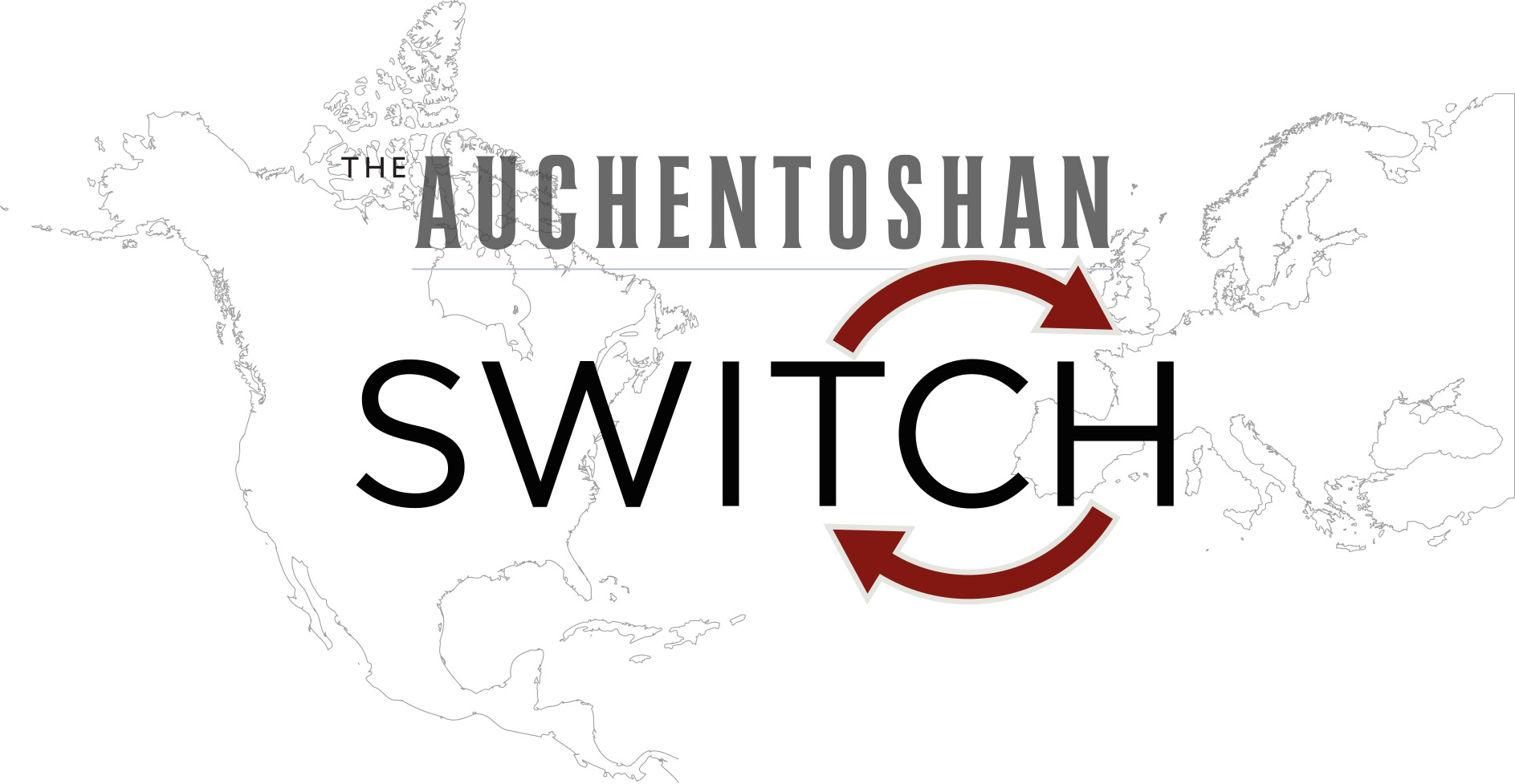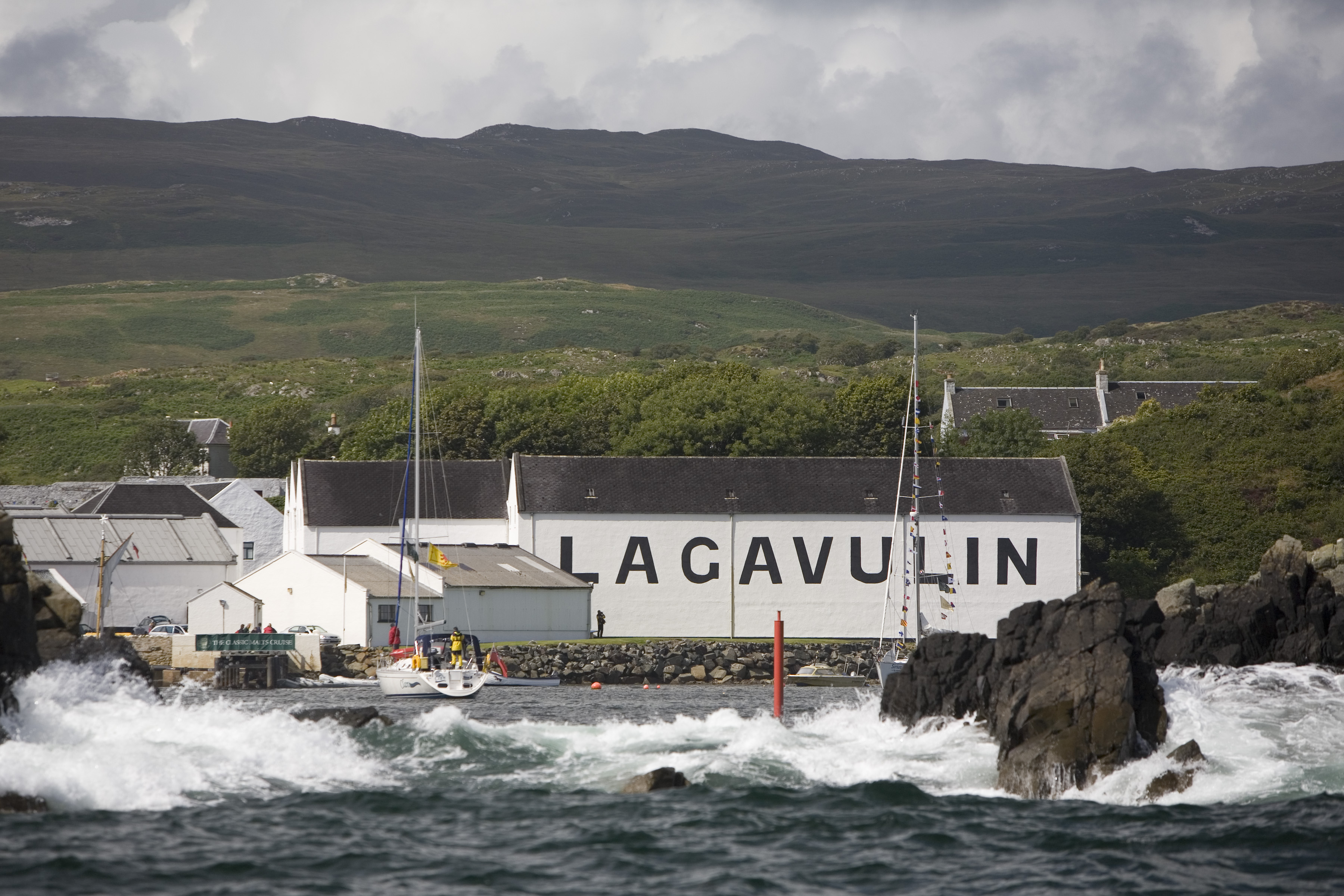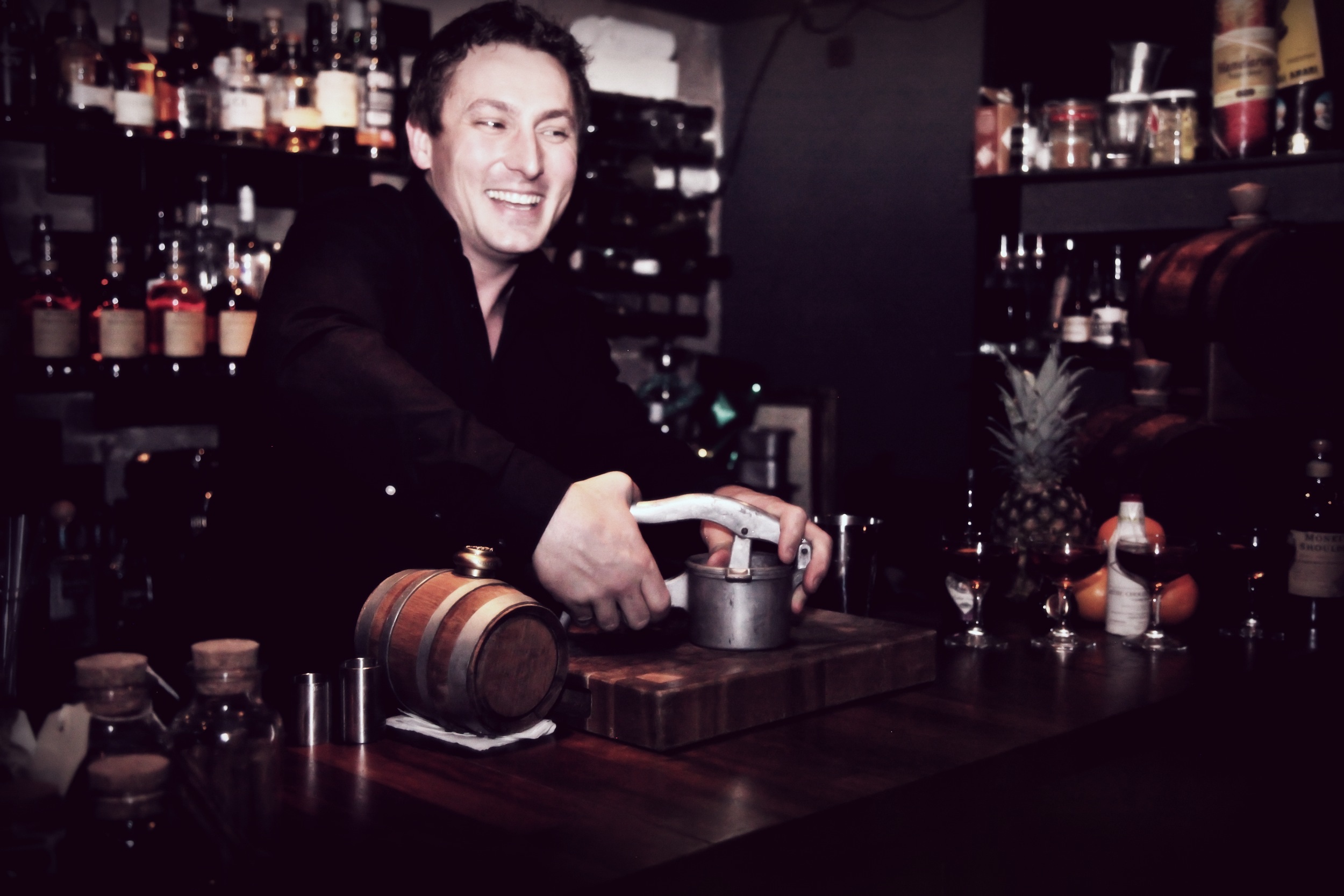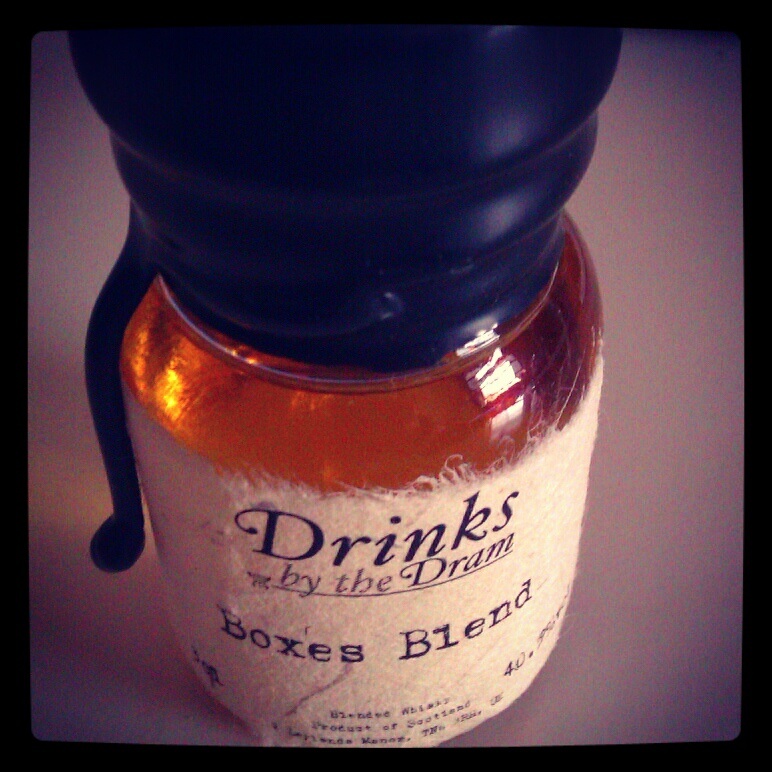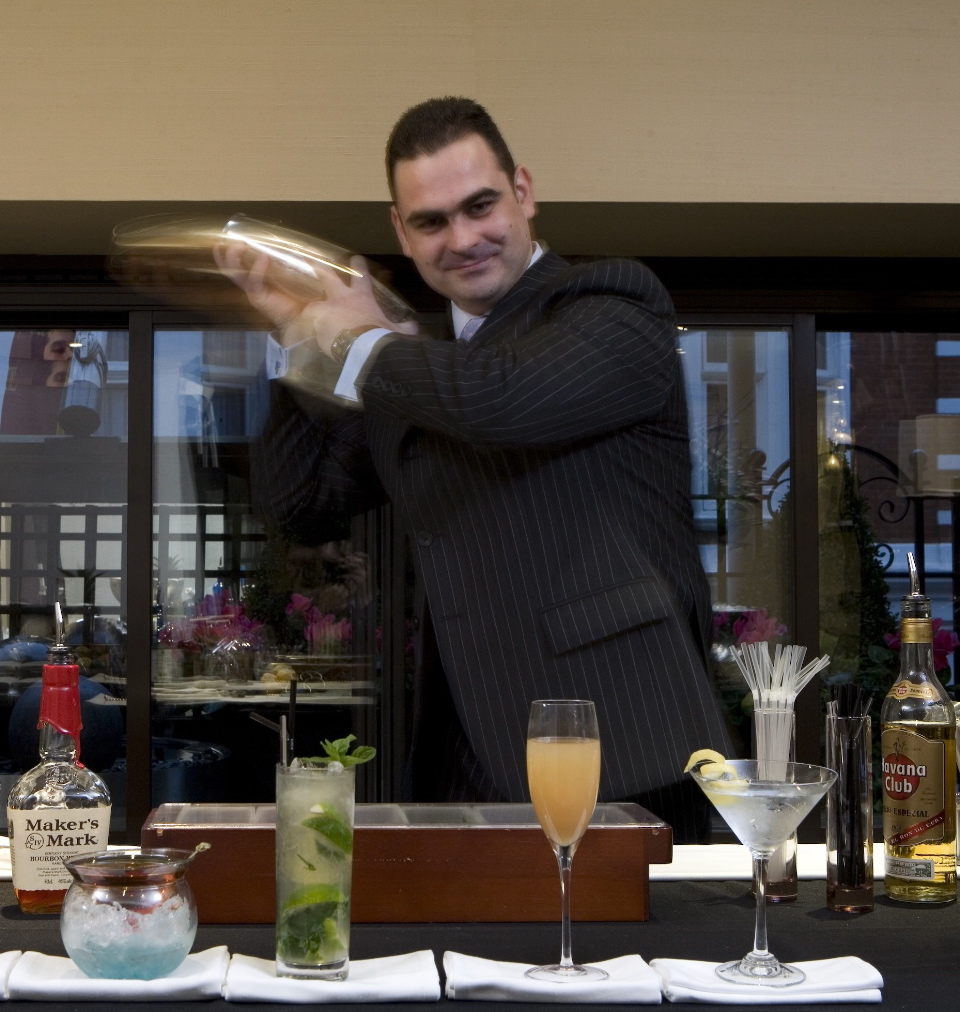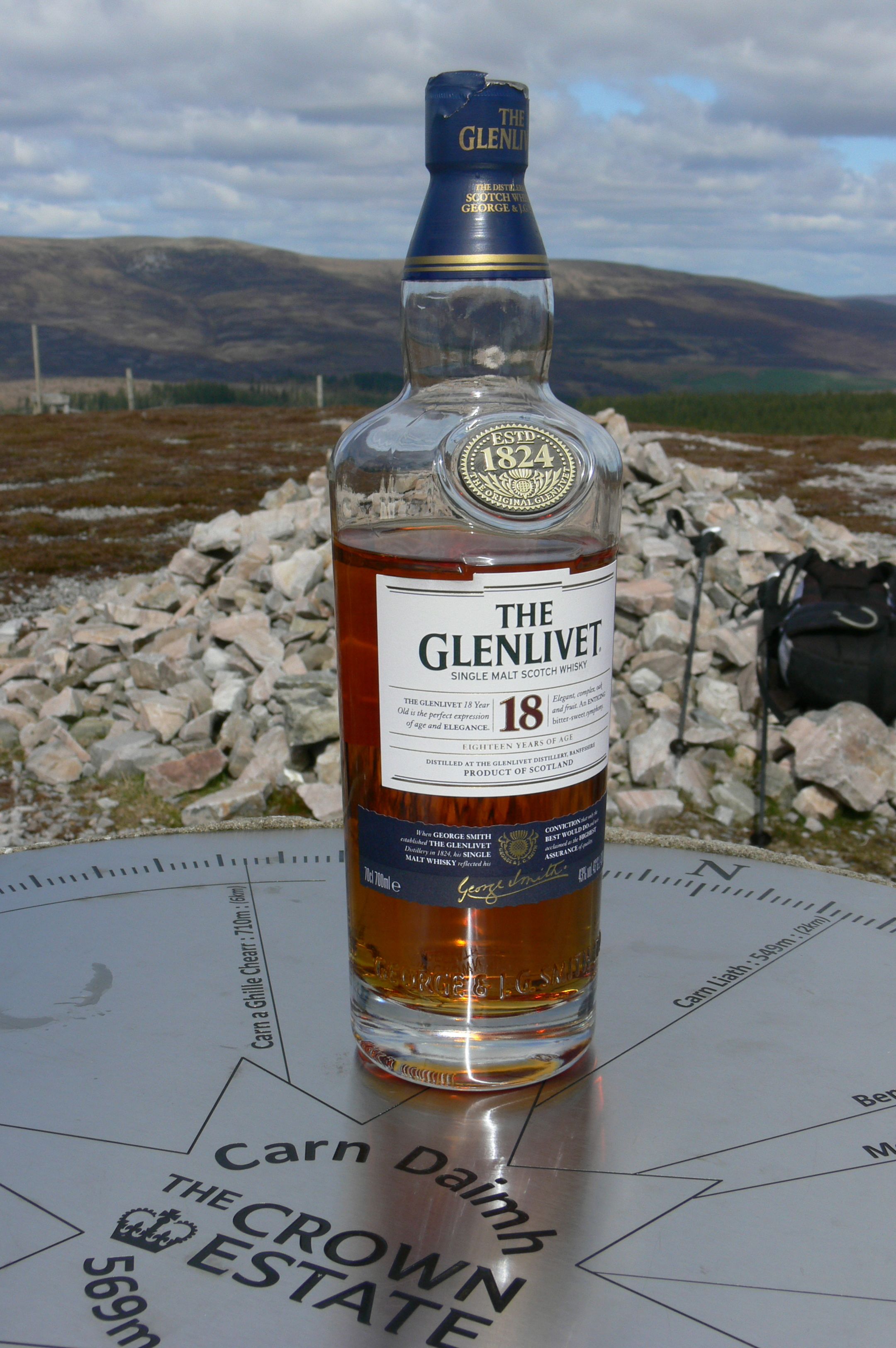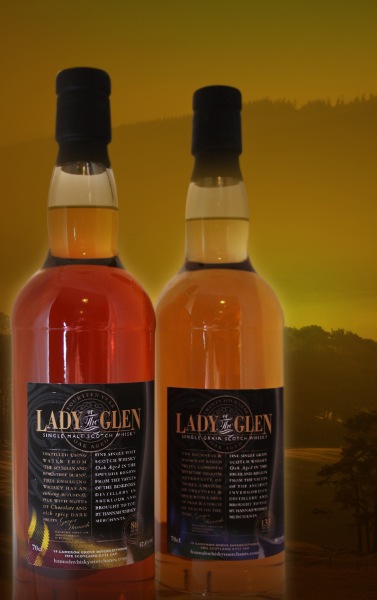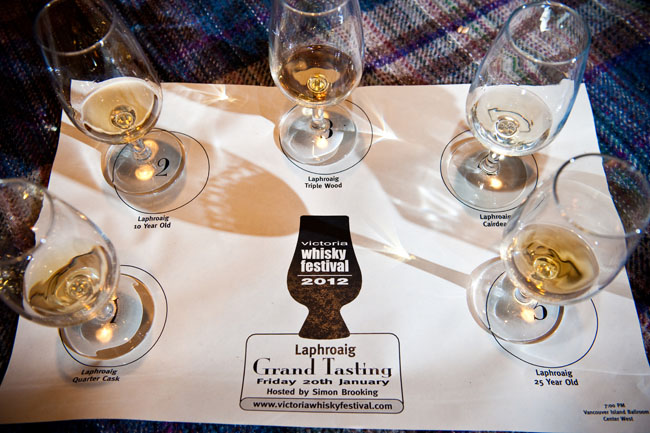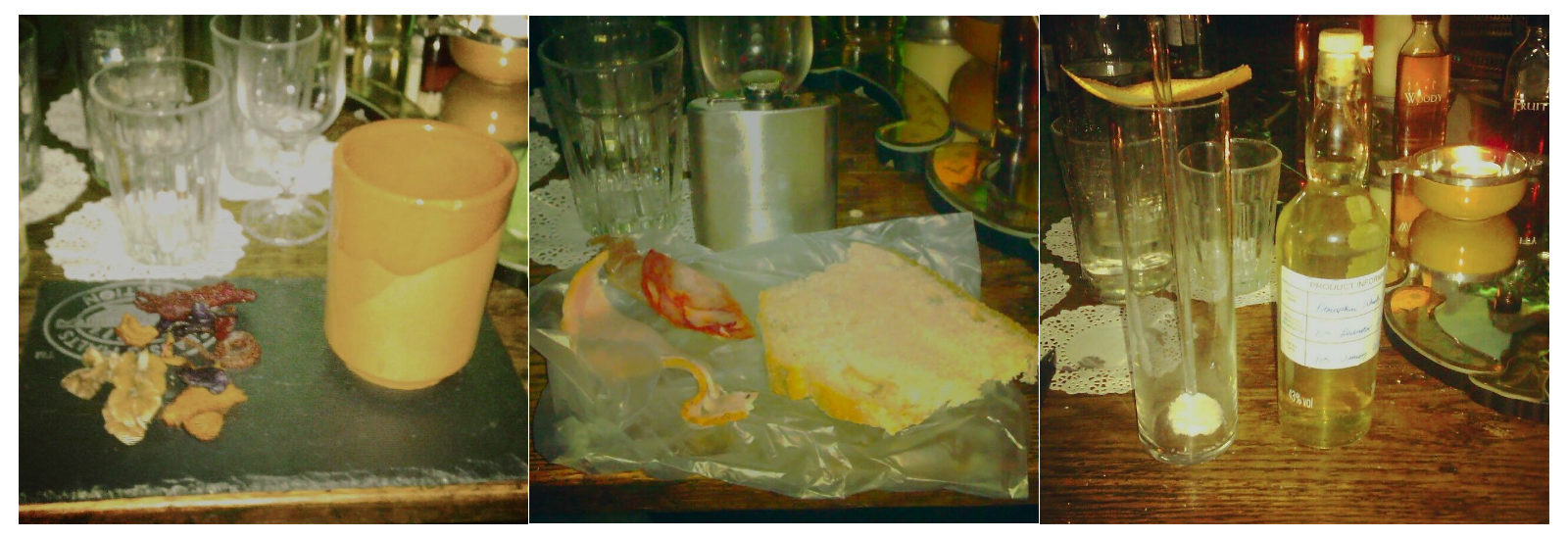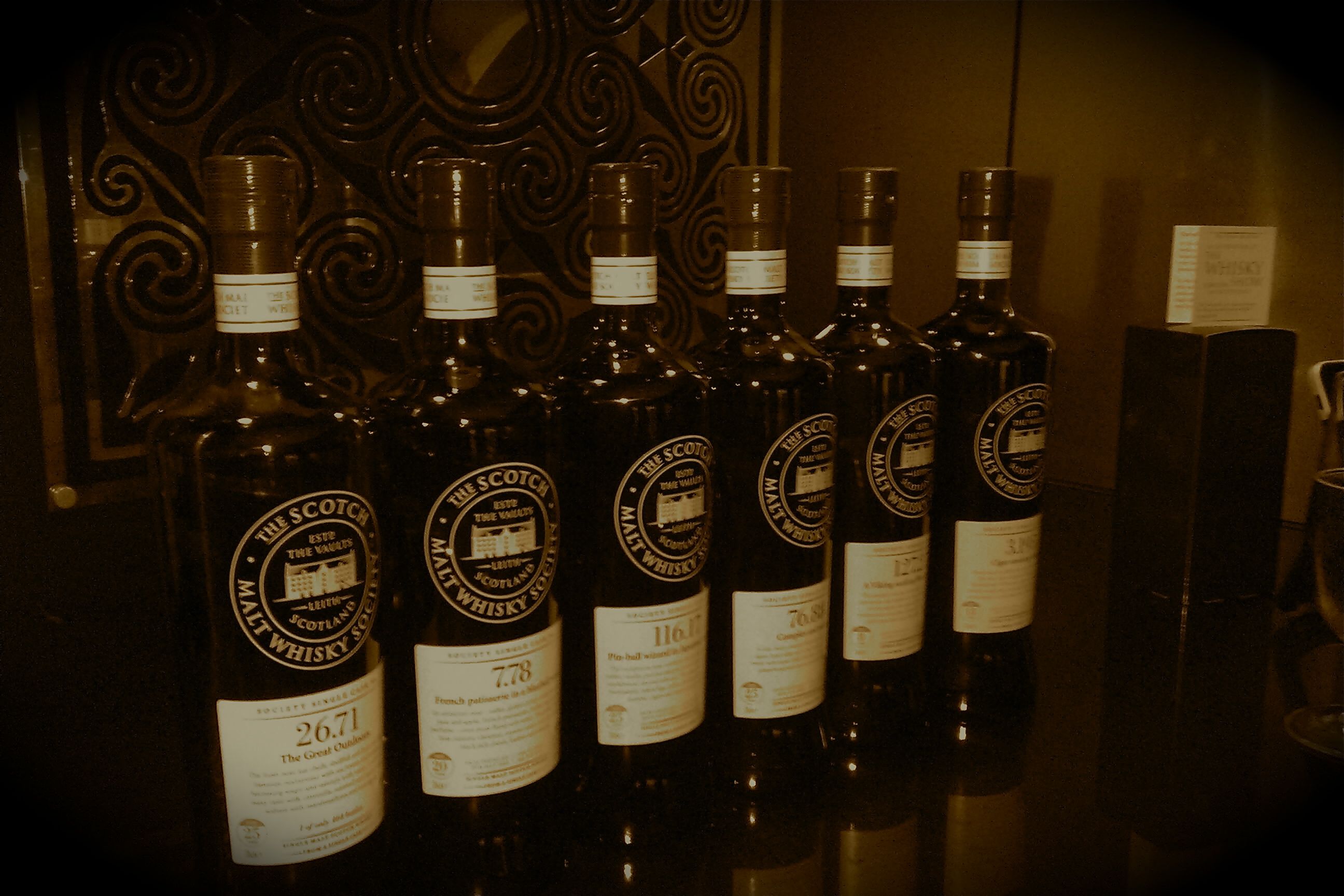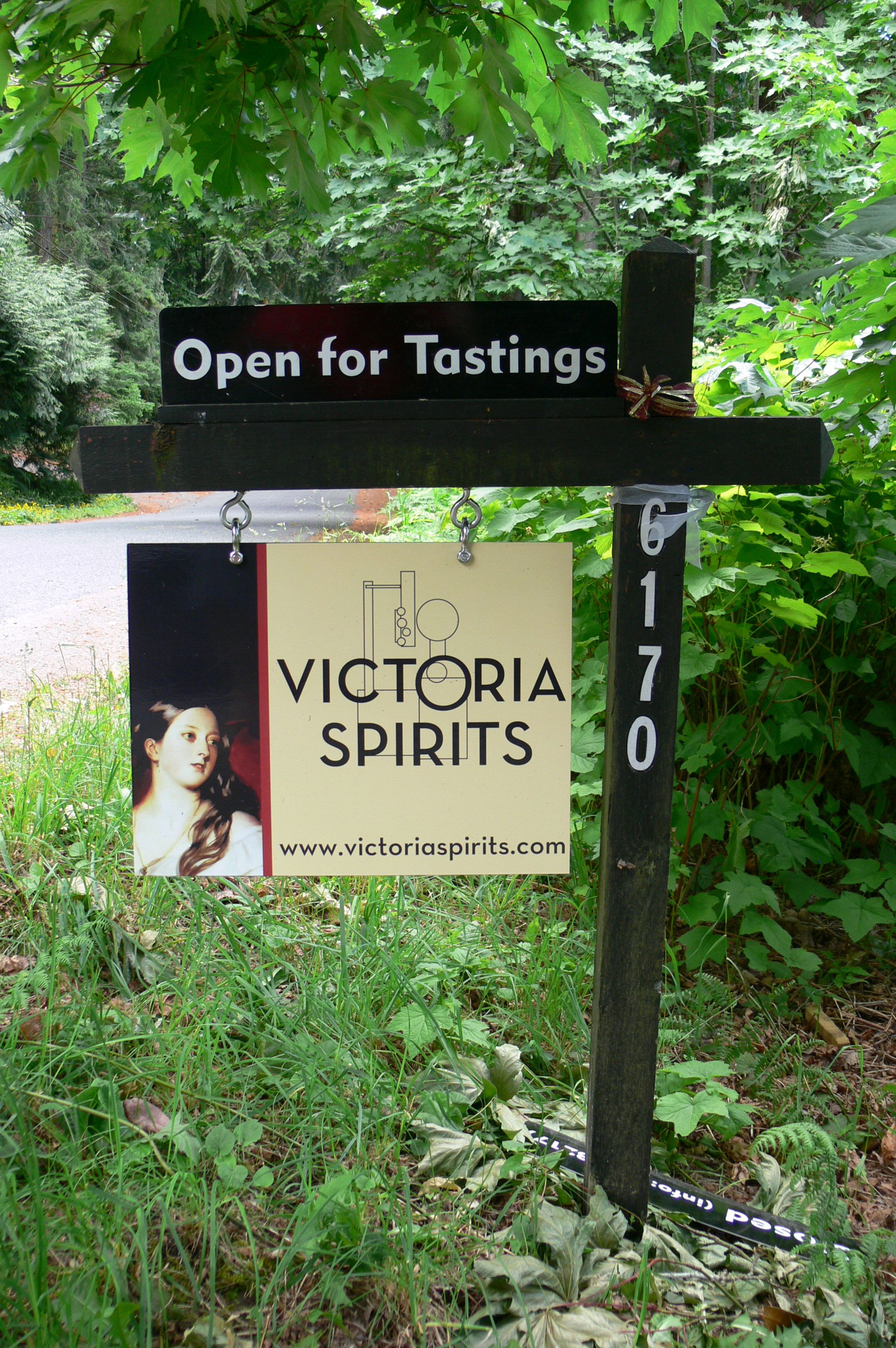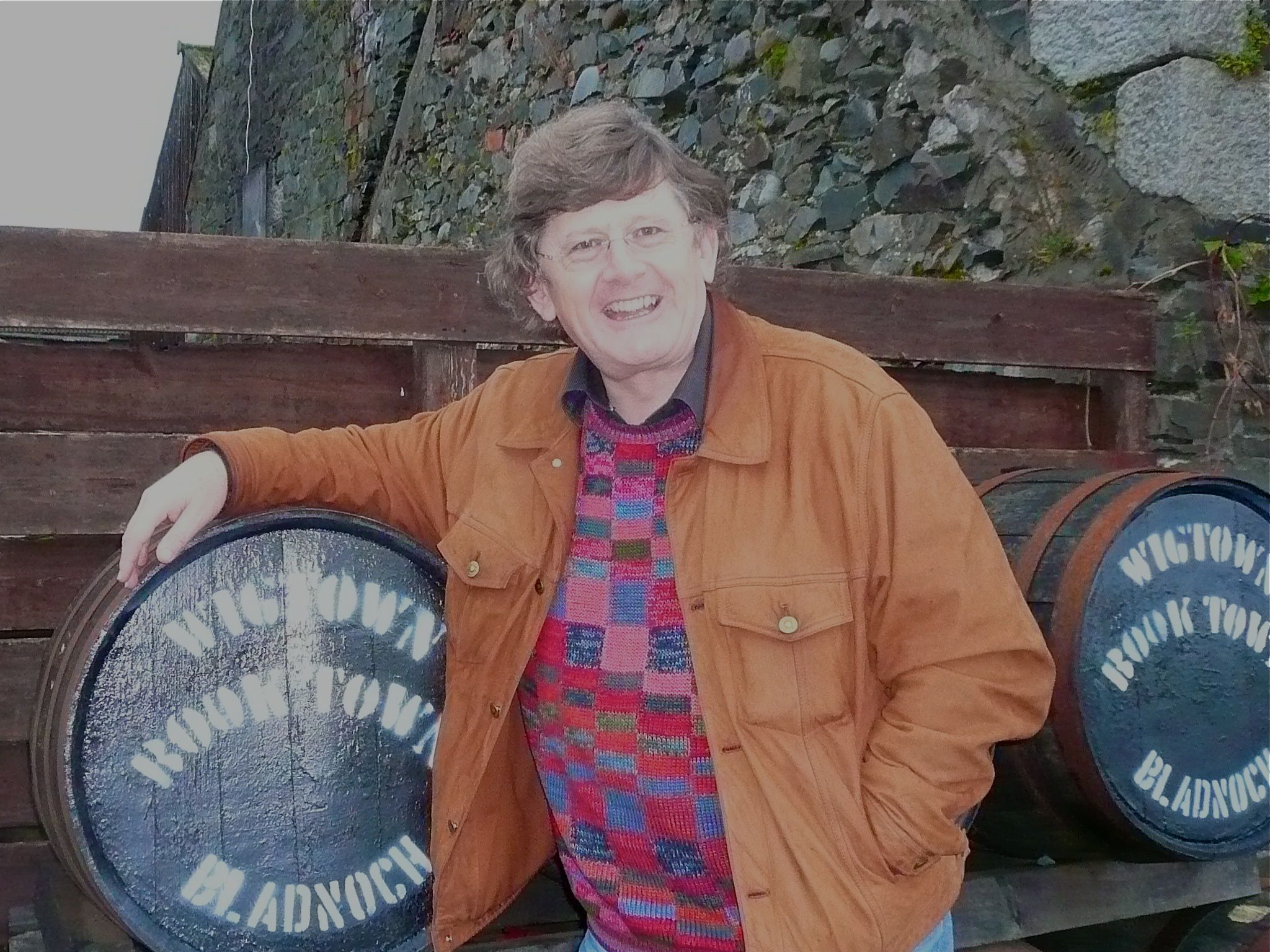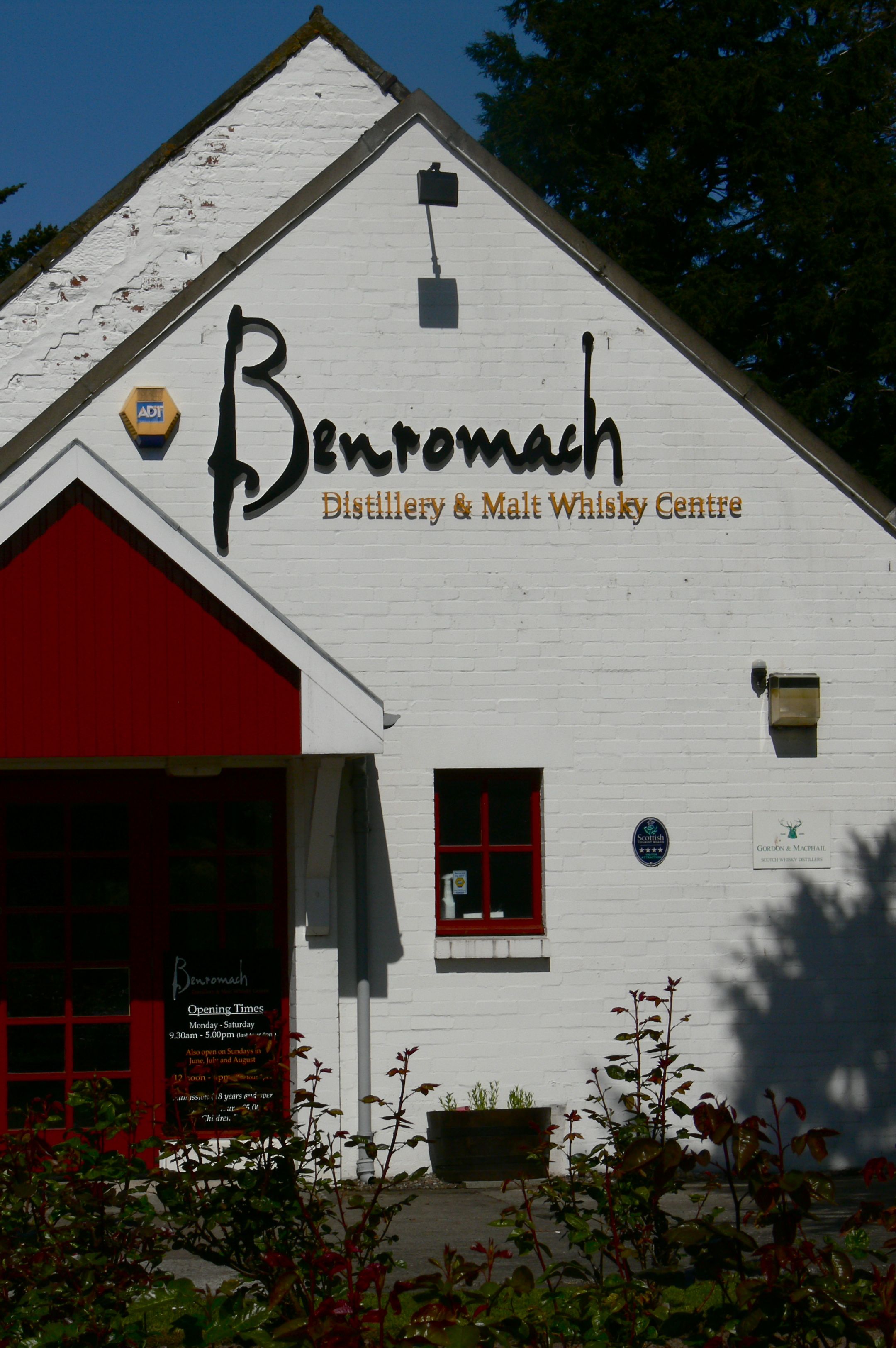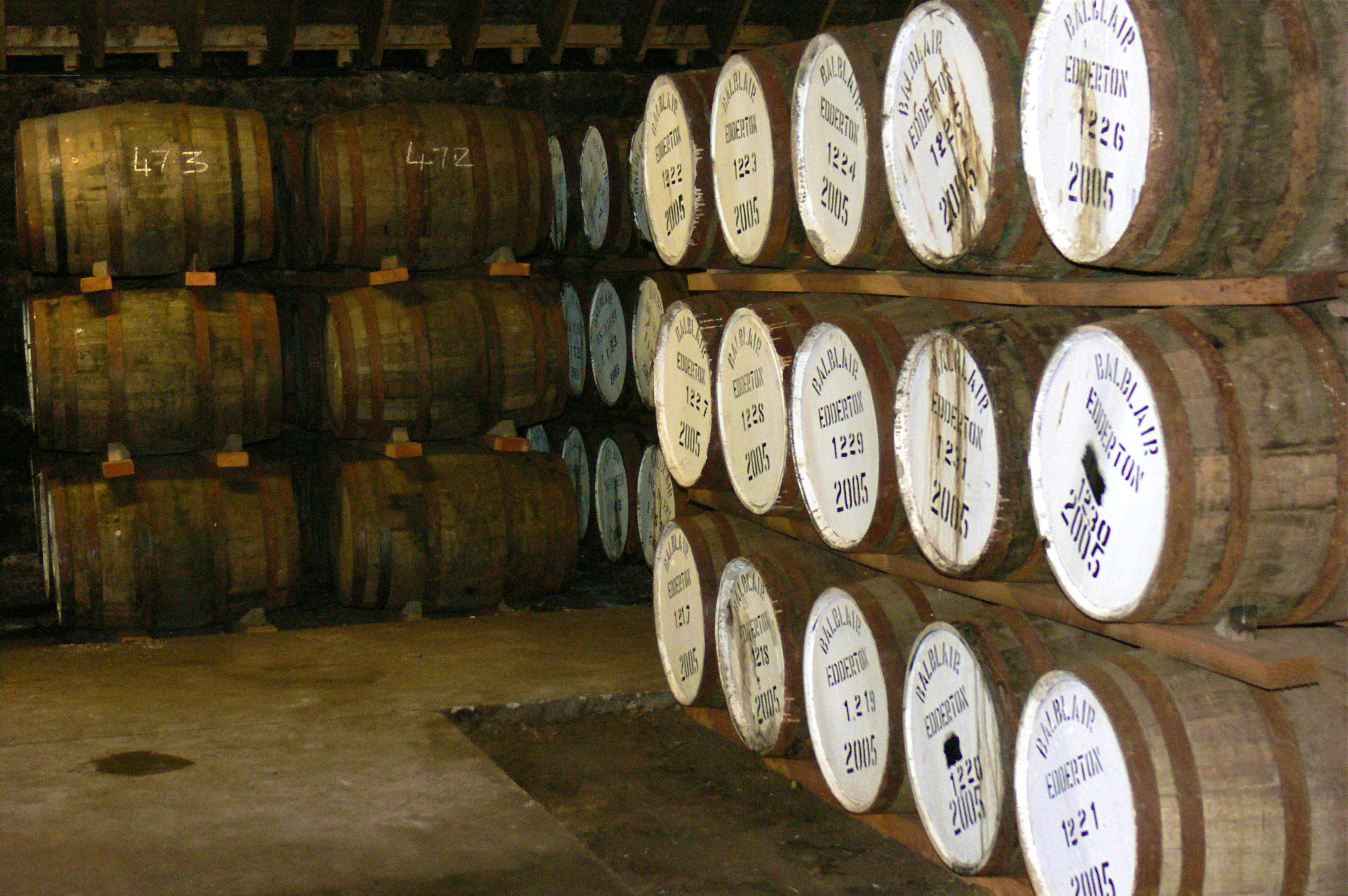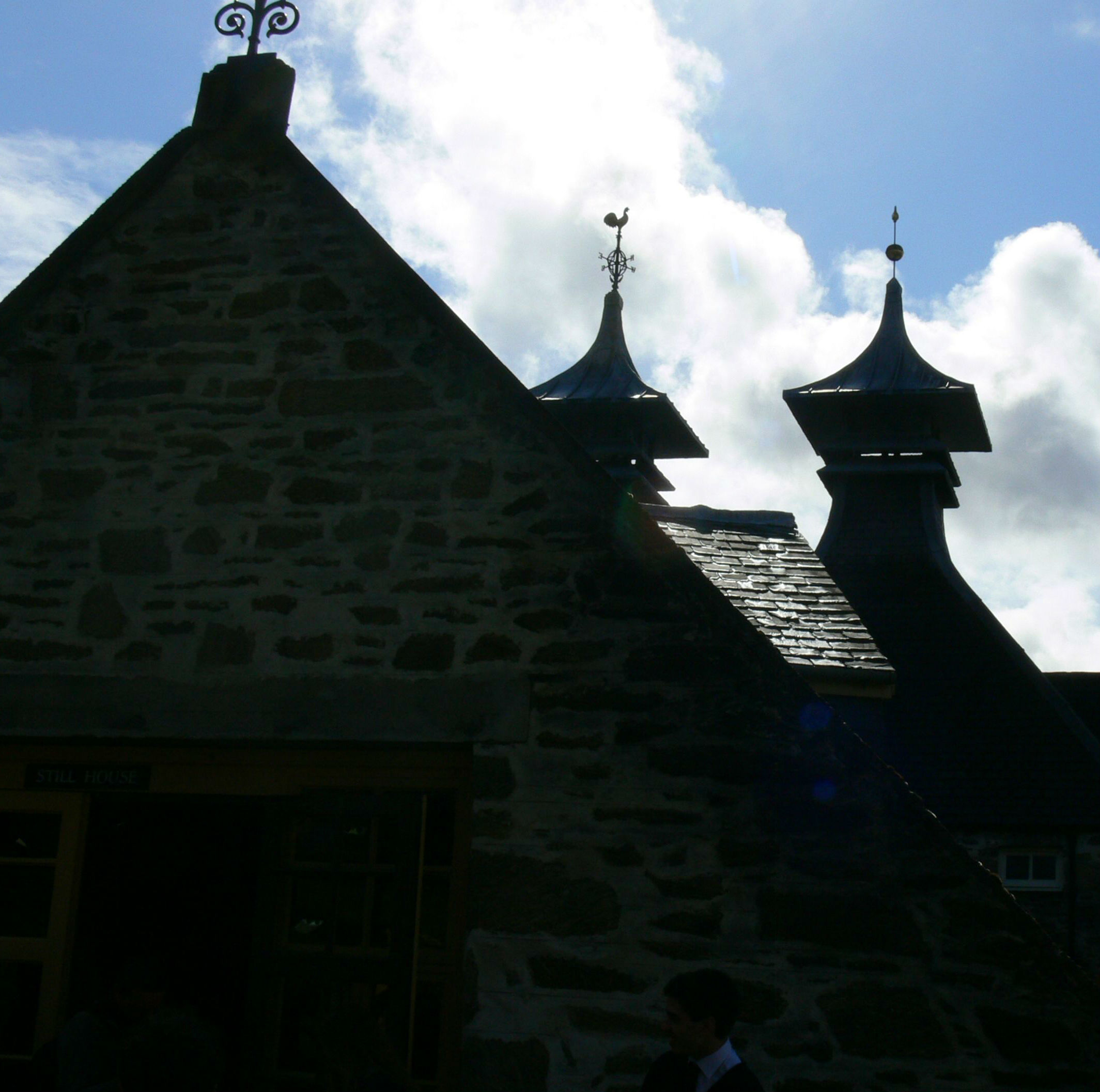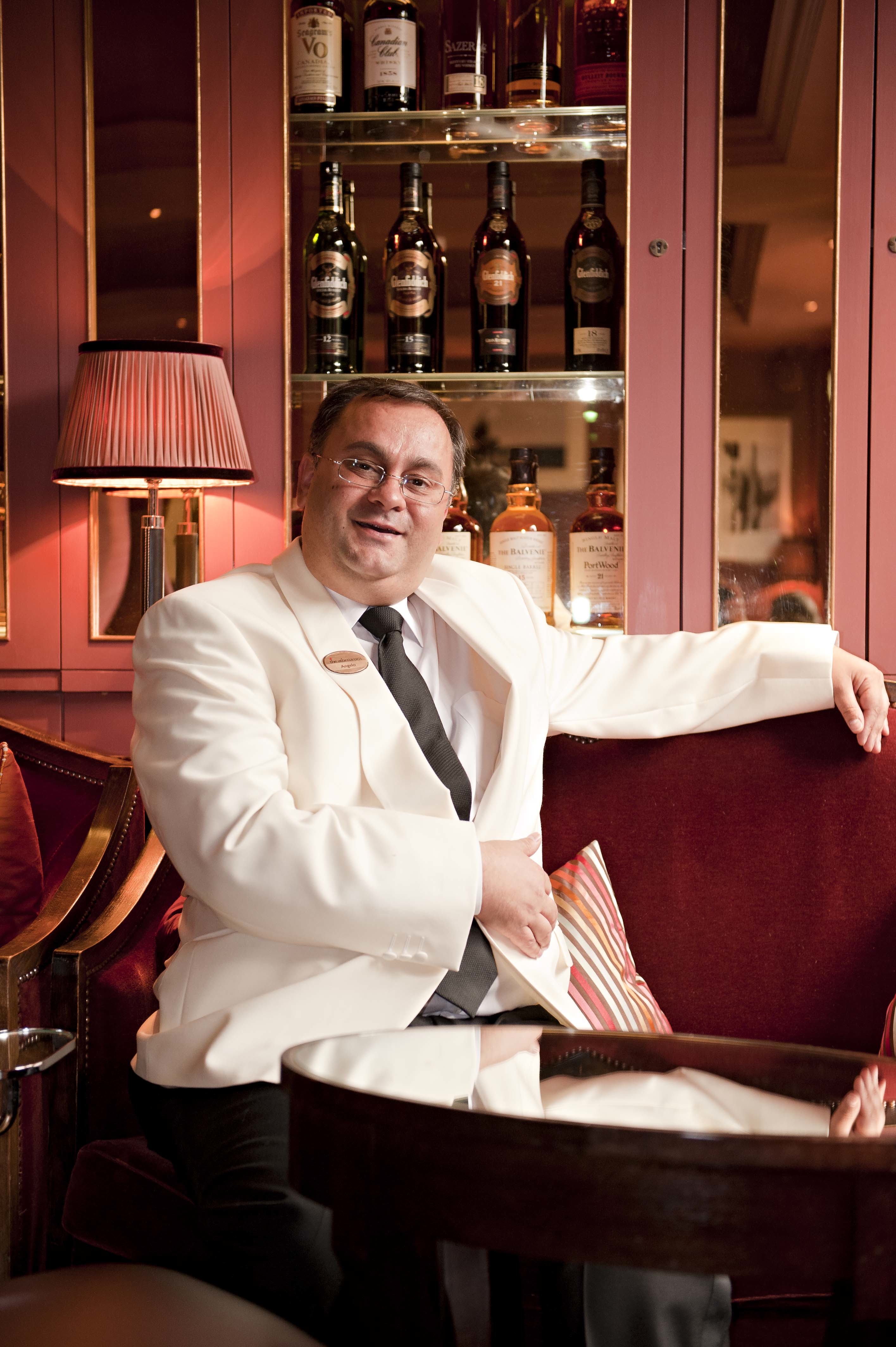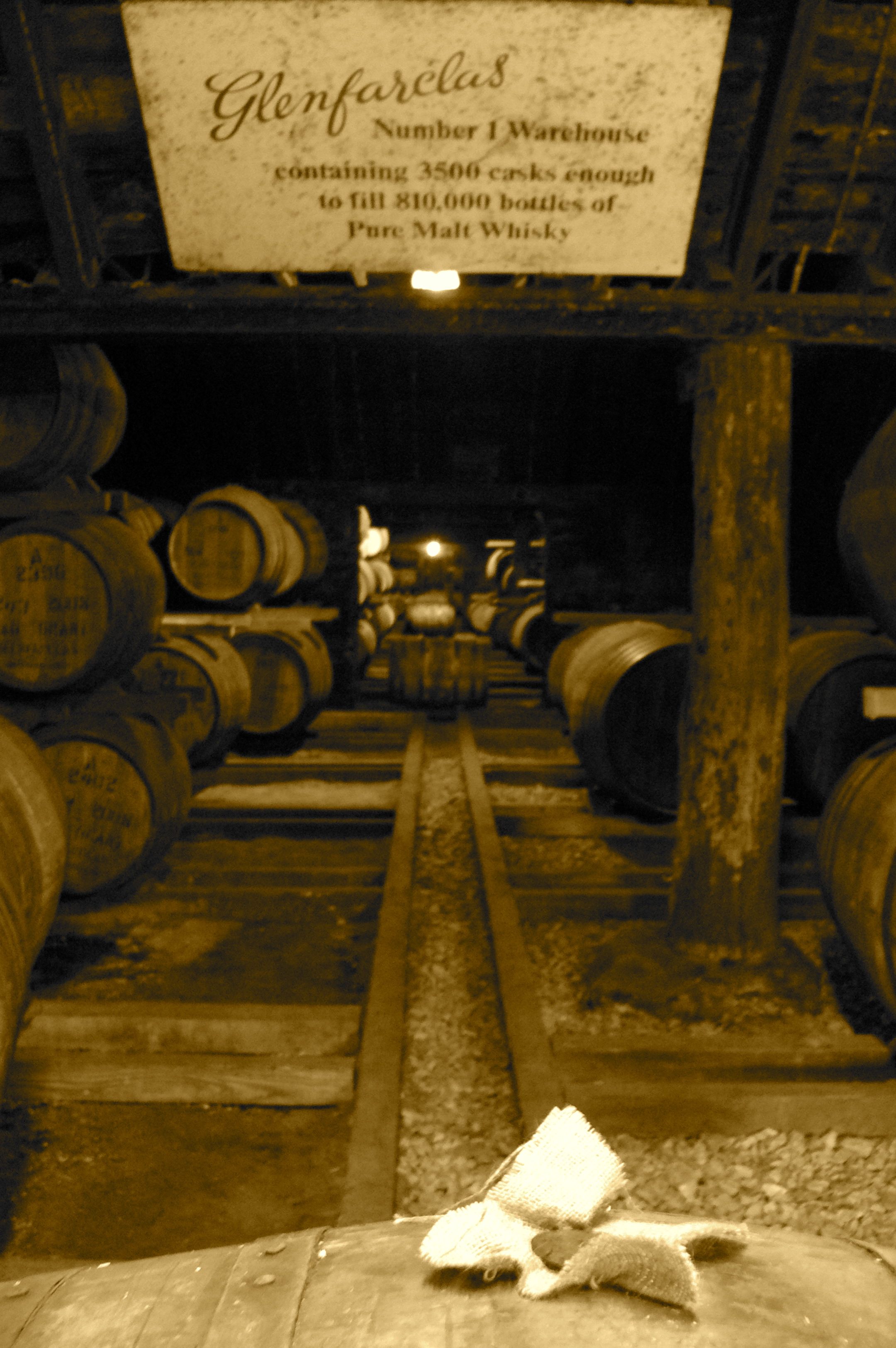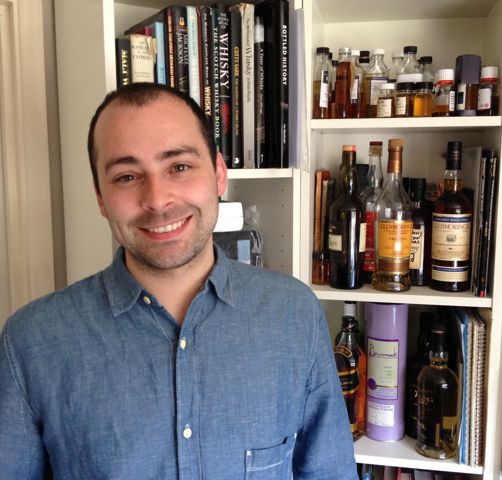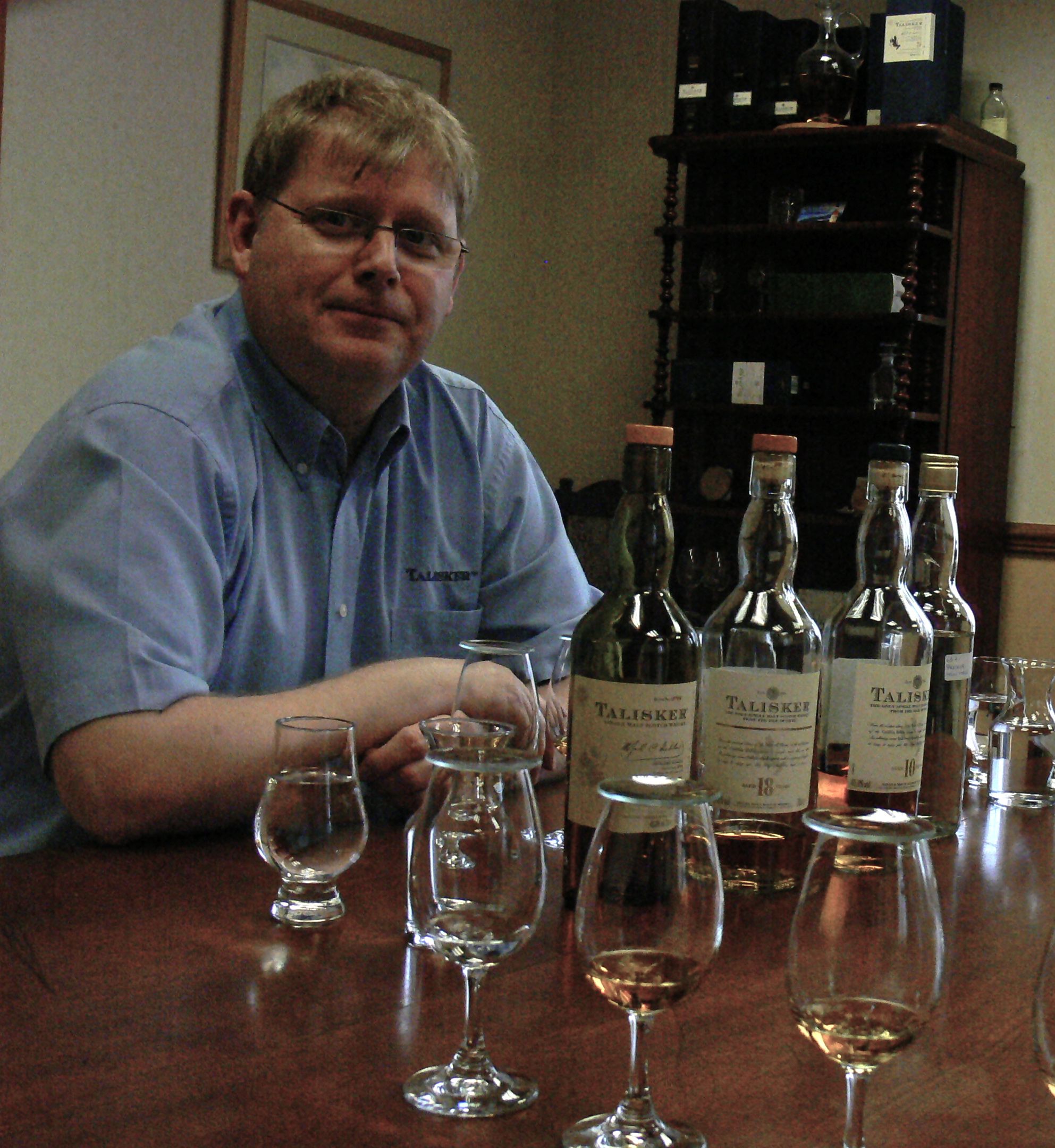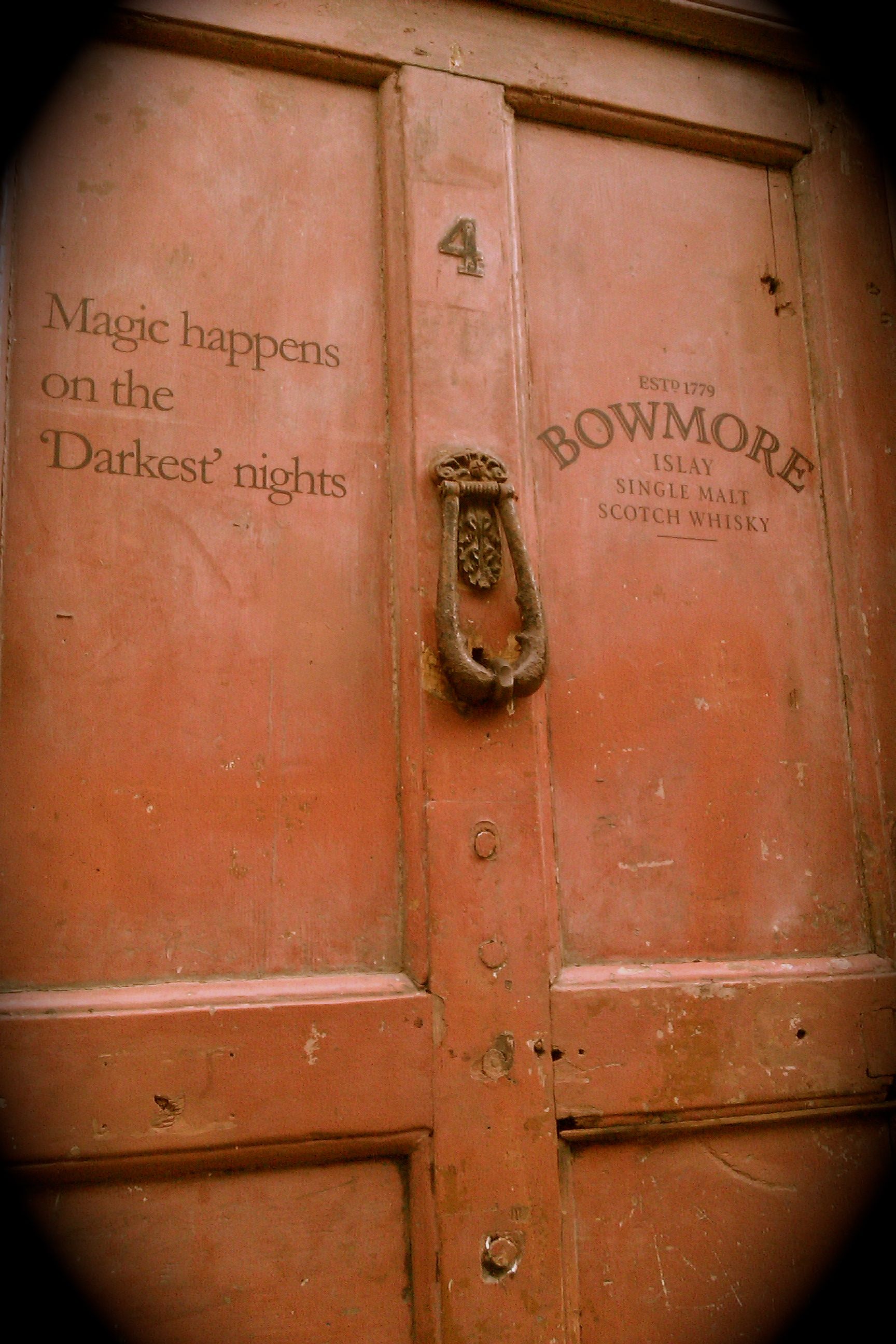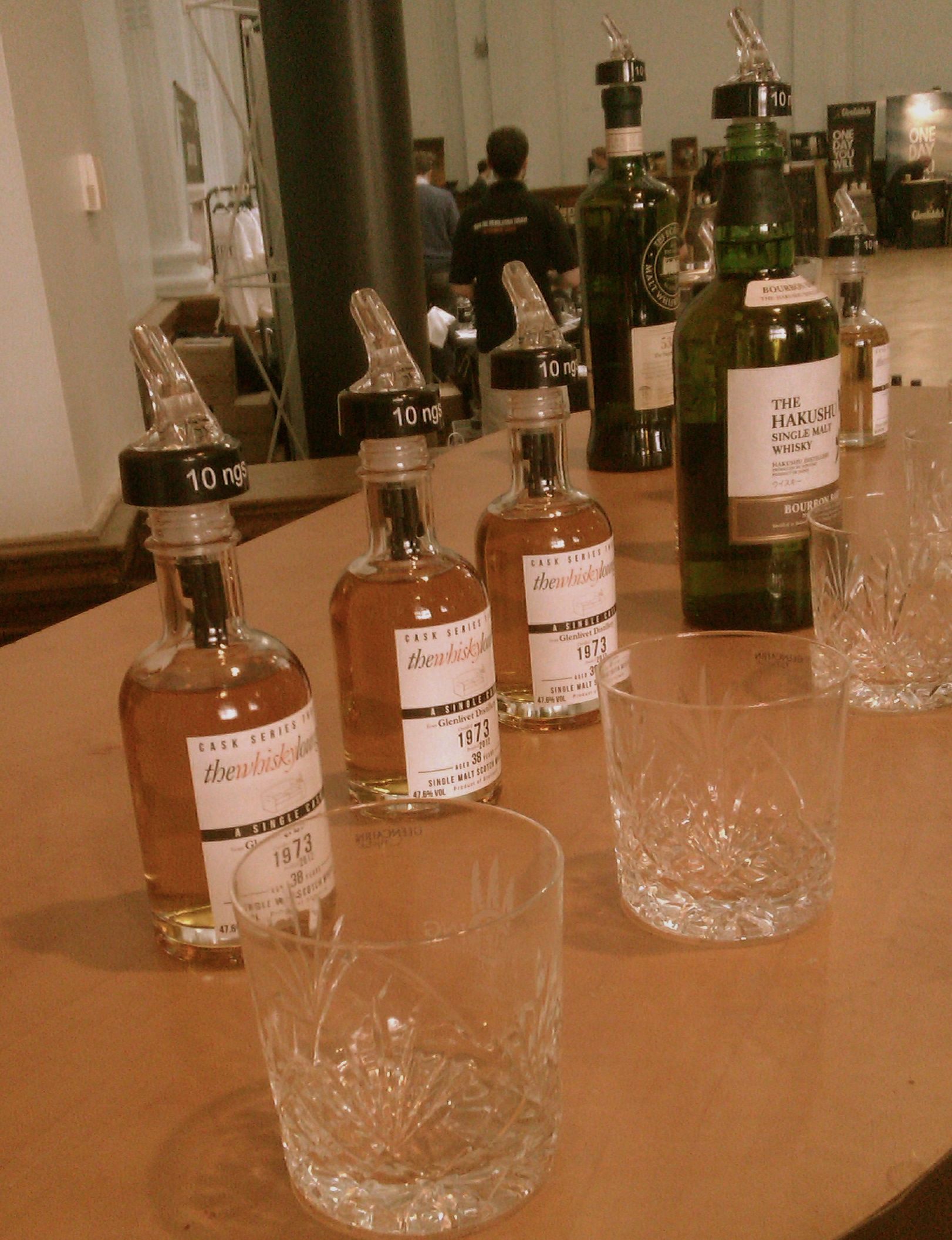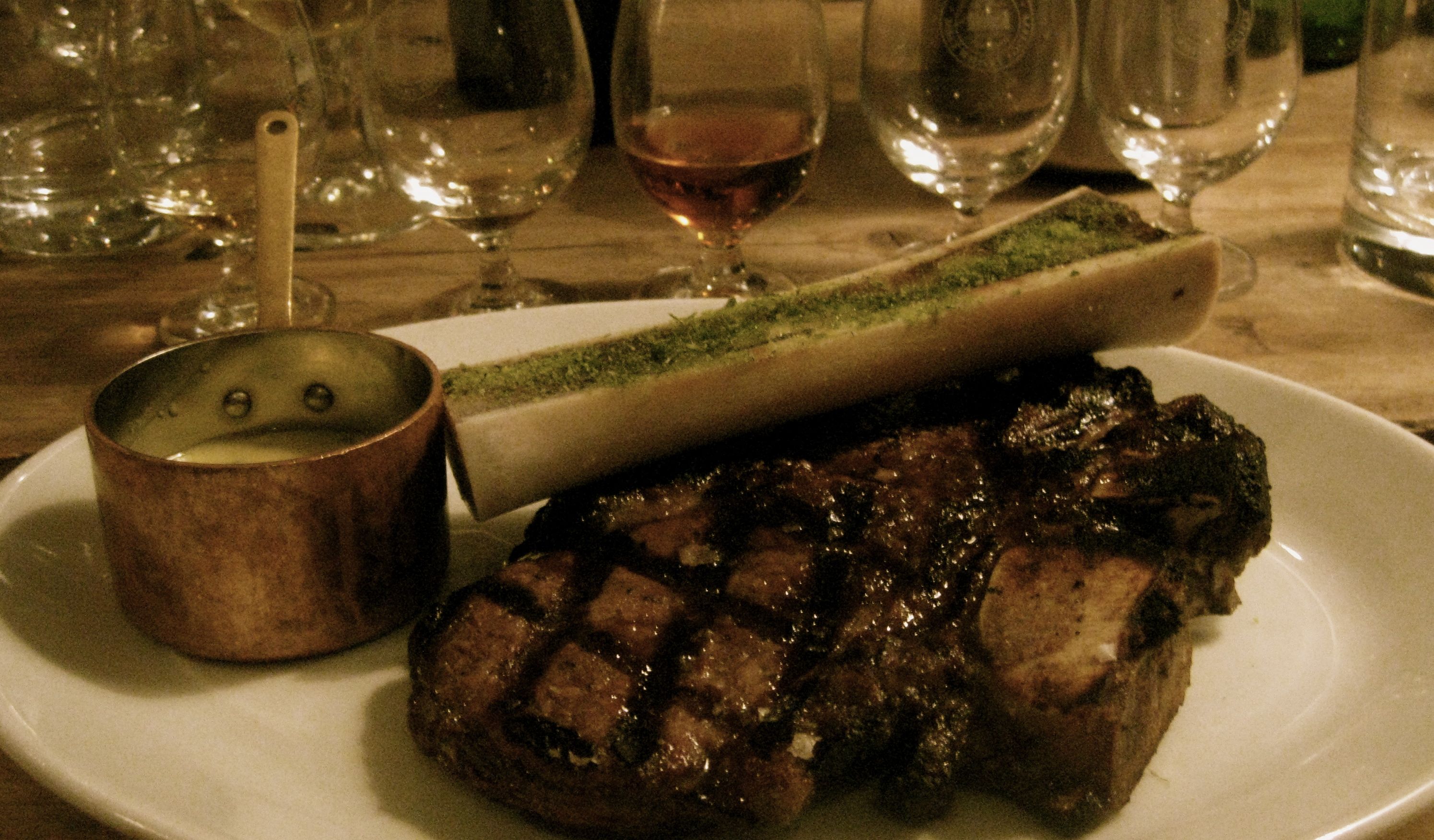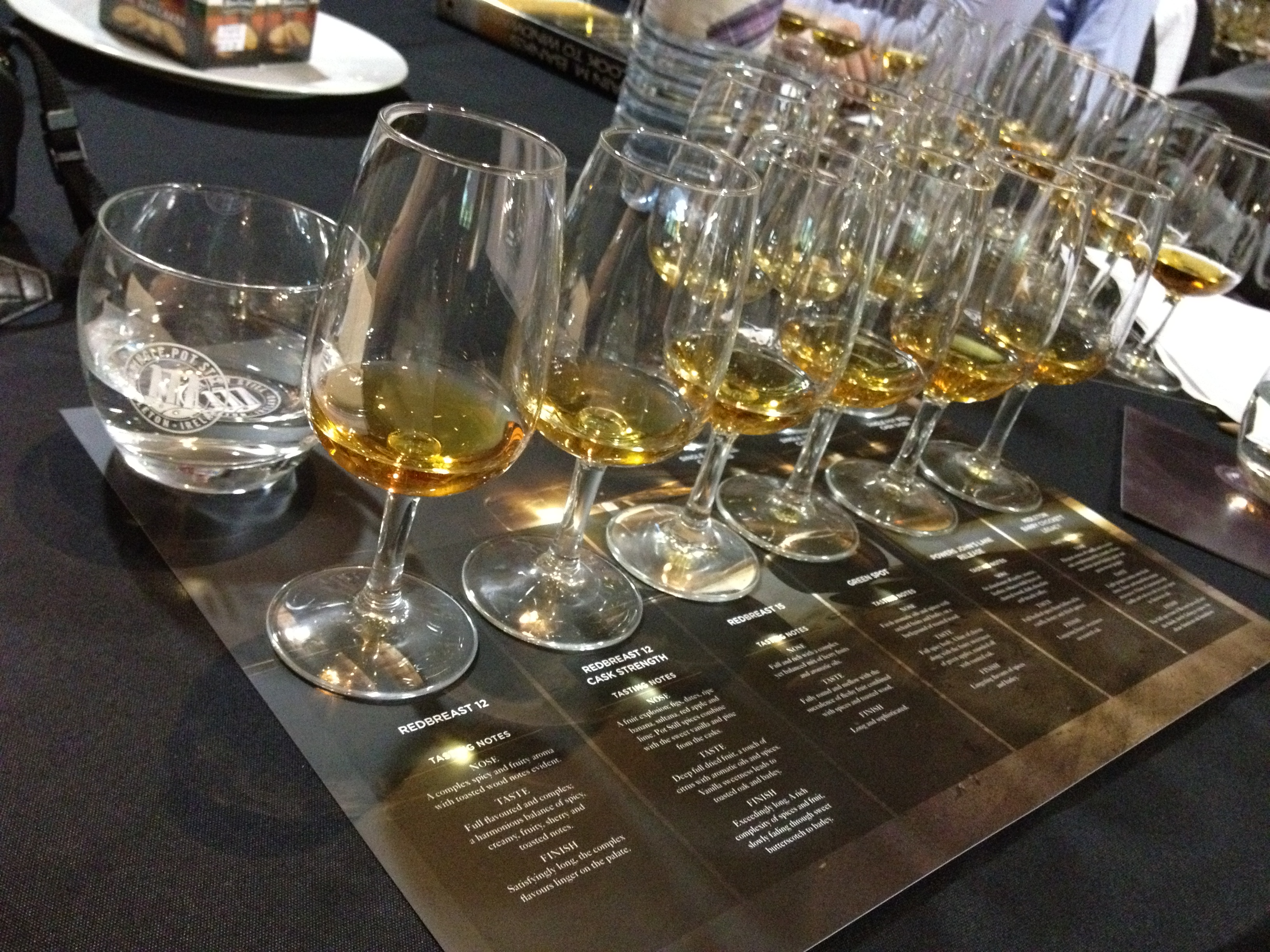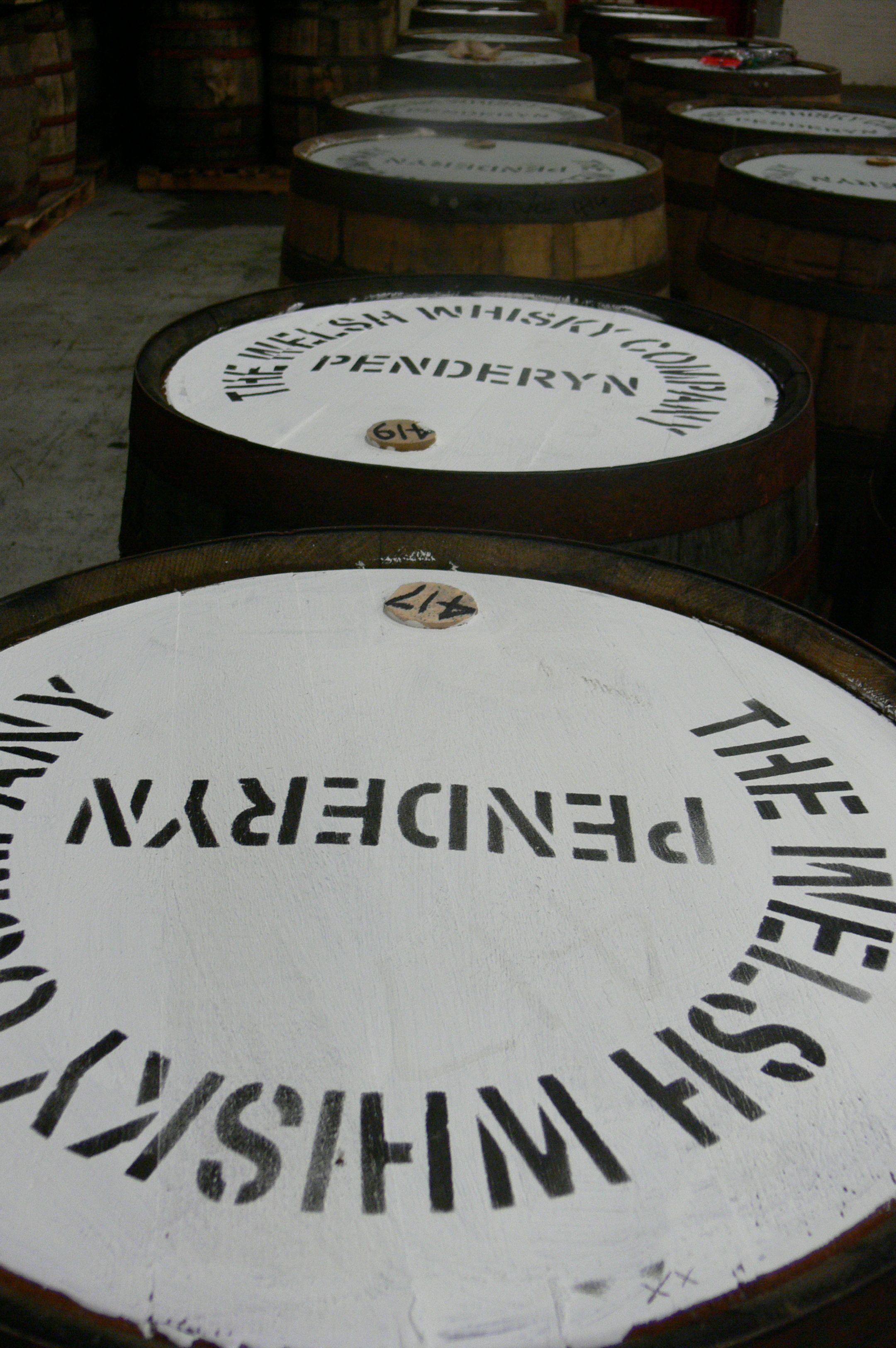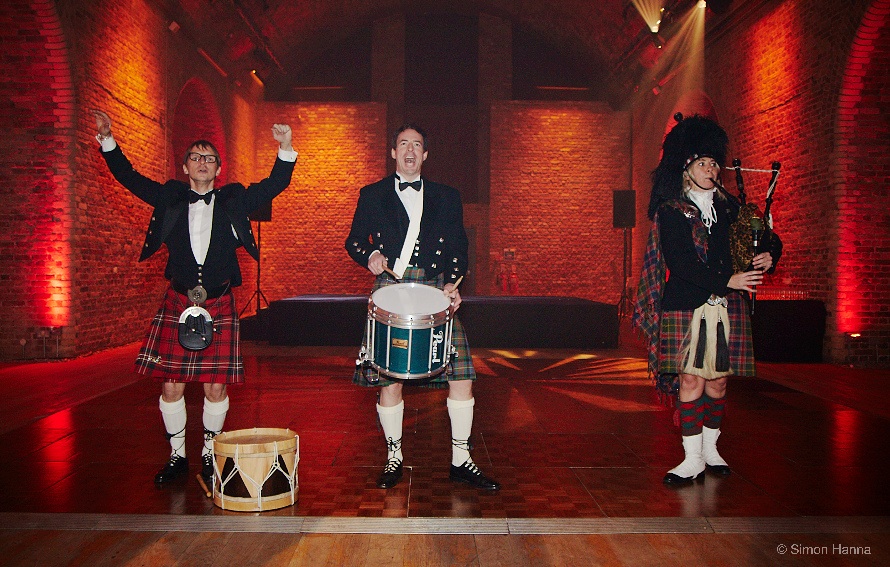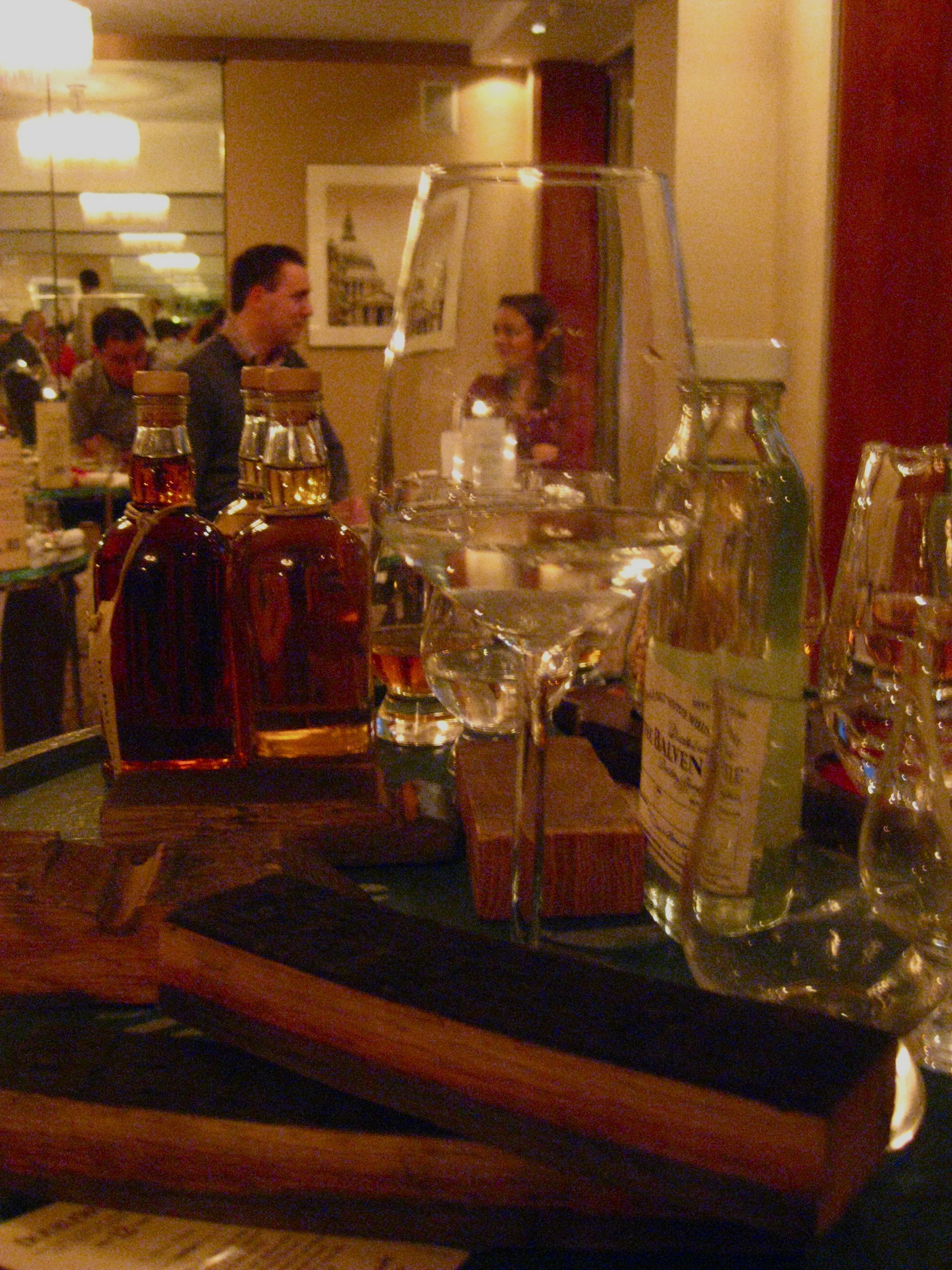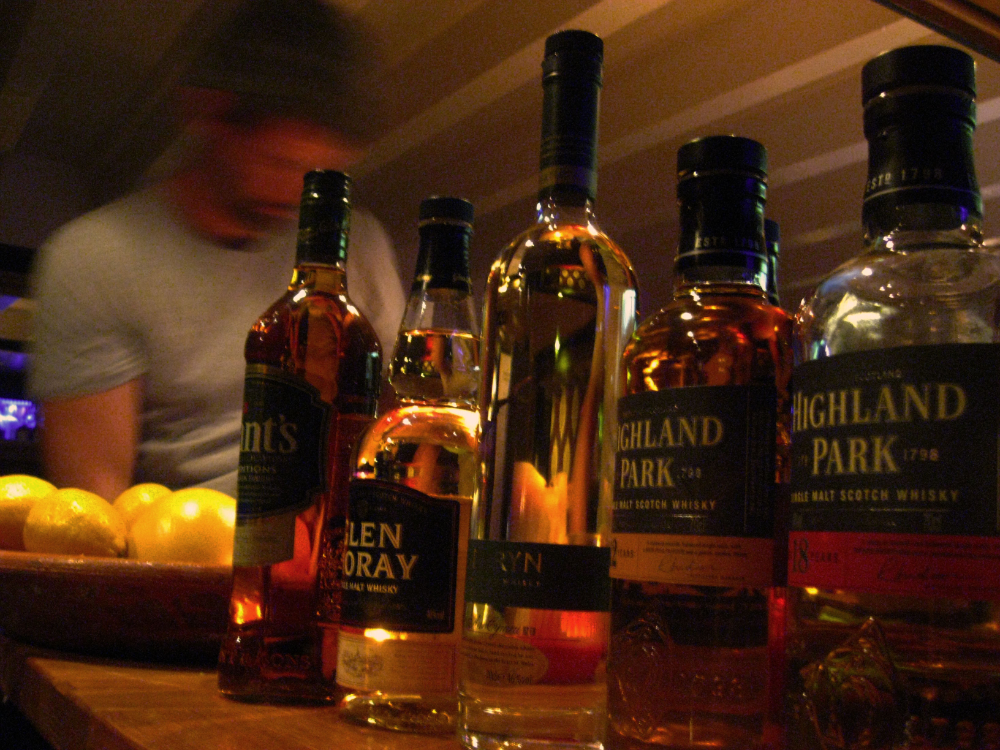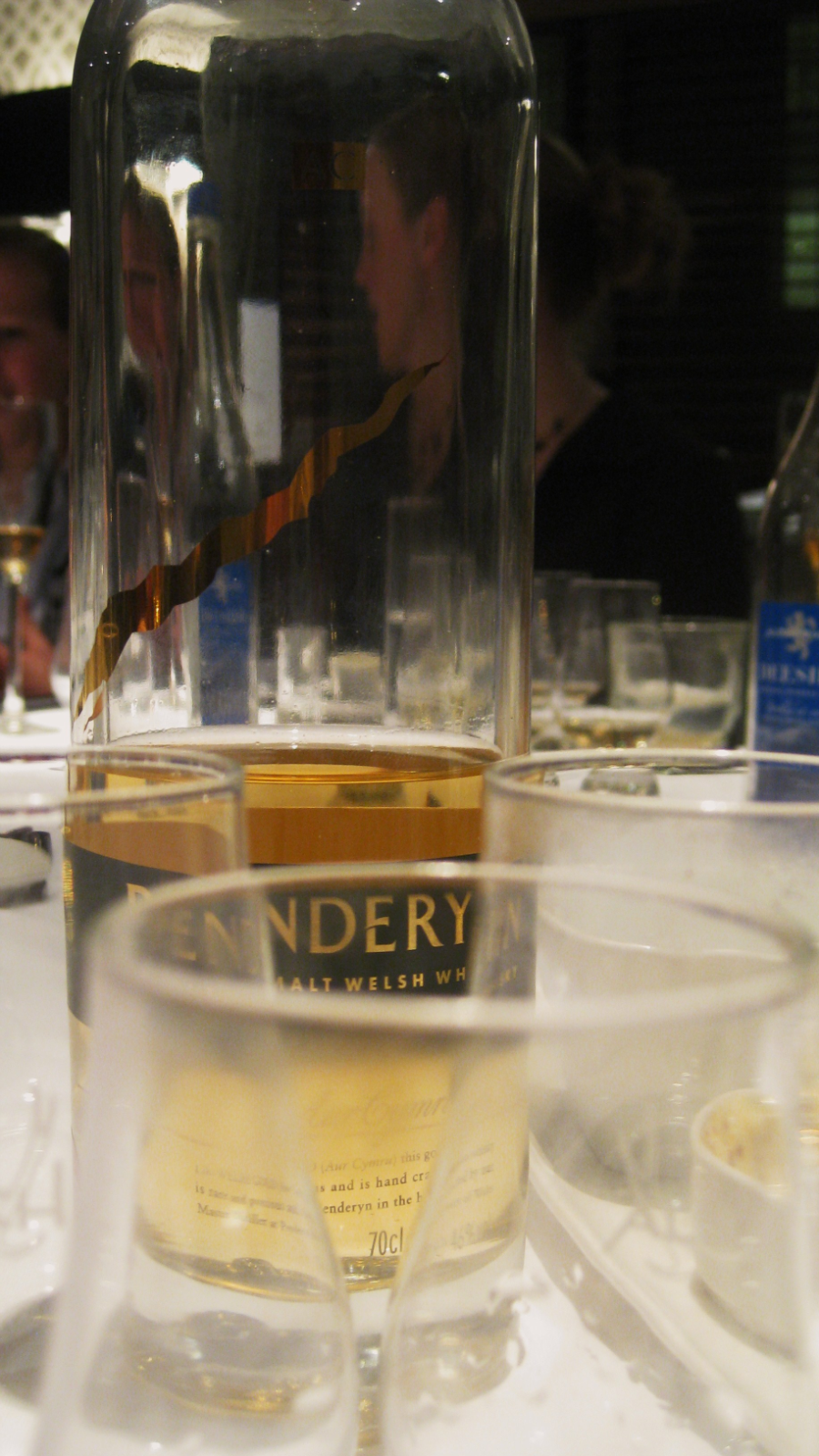“If you decide to become a master blender, you’re in it for the long term.”
This statement is, no doubt, a wise one but it is perhaps most pertinent coming from a man like David Stewart who is currently celebrating his 50th year with William Grant & Sons – owners of The Balvenie and Glenfiddich.
When he started he had no idea he would stick with the company for five decades. In fact, working in whisky was not even a planned-on career move. As a 17-year old and recent graduate, David had been for interviews with both a bank and an insurance company when he went for his interview for the role of stocks clerk at William Grant. As fate would have it, that was the role he got.
On the 3 September, 1962, David walked into the offices – then based on West George Street in Glasgow – with little concept how his career would progress.
“I had no idea I was going to start on the road to becoming a master blender because I didn’t know anything about whisky,” he said, during a recent interview.
His role then was to check accounts and stock ledgers, and mark off the bottles that had been used in blends. After two years, Hamish Robertson (the previous master blender) got him to start nosing whisky. It was also when he began drinking the spirit.
“Occasionally we had to take a sip of it, but really before that I’d probably never tasted whisky. I think I was drinking rum and coke, and beer at that time,” he said. “ But quite quickly I was getting the taste for whisky.”
After five years in the centre of Glasgow, the team was moved out to Paisley. By then, David was doing his training more seriously with Hamish and single malts were beginning to come onto the scene, with Glenfiddich launching in 1964. He began visiting distilleries to learn more about the whisky making process from its start and, as the company grew, increased his knowledge on the nosing front.
 In 1974, at the age of 29, Hamish departed William Grant & Sons for William Lawson’s and the company began hunting for a replacement.
In 1974, at the age of 29, Hamish departed William Grant & Sons for William Lawson’s and the company began hunting for a replacement.
“They did look around the industry to see if they could bring in another master blender but they weren’t successful and they said they’d see how I’d get on,” explained David.
After a six month probation period, it was decided that he could keep the role – a position he held for 35 years until he handed the reins over to his protégée, Brian Kinsman, in 2009, and became The Balvenie Malt Master.
There have been many highs during that time, including when he helped develop what is now considered to be the core Balvenie range.
When he took the role on, however, things were very different. Glenfiddich was one of the only single malts in the market and the company was significantly smaller, with only Glenfiddich eight year old and the Grant’s Standfast blend as the two main brands.
“But still, at the age of 29, it was a bit of a responsibility knowing that what goes into that bottle rests on my decisions,” he said.
At the time, he had just gotten married but he and his wife held off having children until his career was more established. They later had a daughter and two sons – none of whom are involved in the whisky industry but all of whom have realised their father has little desire to leave.
Over the years, David says one of the best parts of the role was the continual education.
“In 1974 I knew I could tell what was right and what wasn’t and if anything went wrong I could pick it up. But it’s a role where you’re always learning so even at that stage I wasn’t the finished article and have probably learned a lot more since,” he explained.

He decided to stay with the company, he said, because he was afforded a lot of freedom to experiment and take chances. This resulted in the creation of many wood finishes in The Balvenie brands, an early first in the industry.
“We believe we were the first into finishes because the Balvenie 12 year old classic back in the ’80s, was really the DoubleWood, as it was finished in sherry casks. That word – finishes – hadn’t really been invented and that’s what gave me the idea of DoubleWood in the ’90s,” he said.
His experimentation around finishes has been one of the things that stands out in his career as he learned how long to leave whiskies in different casks and which styles work.
“It’s not always the same each time, it’s up to someone like myself to realise when it’s ready. Sometimes it’s nine months, in other cases it’s 10 or 11 but I’m looking for it to be the same each time. It’s one of the great things about being a malt master blender; it’s a great feeling to see how these whiskies are doing,” he said.
But David – who many in the industry say is incredibly humble about his decades of achievements – told me he also recognises how fortunate he is.
“We’re lucky: we have a lot of aged whiskies and a lot of people would die to taste a 1965 Balvenie. I can open the cask up and taste it.
“And some of the foreign travel trips have been amazing. I would never have got to a lot of these places and met so many interesting people if I hadn’t have been in this role.”
 While he is not planning to fully retire just yet, he said when he does eventually depart William Grant & Sons he will look to spend more time on his garden and with his wife walking in the Lake District.
While he is not planning to fully retire just yet, he said when he does eventually depart William Grant & Sons he will look to spend more time on his garden and with his wife walking in the Lake District.
“Whisky has been my whole life really – it’s quite a demanding role so there’s not been much else, I haven’t managed to build up a huge amount of hobbies. I will miss it,” he added.
His main hope is to leave behind a legacy that would make the original founder proud.
“You have to have patience in this role, everything does take time especially if you’re doing something from the new distillate. And commitment to your role, passion for your whiskies and wanting to get the best qualities out there for our consumers really is key. That’s probably what I’d want to leave as a legacy: the quality and reputation we’ve managed to build up in our single malts and in our blends,” he said.
But looking back over such an illustrious career, it now feels like there could never have been another route for him.
“My role had to be in the Scotch whisky industry; I couldn’t suddenly switch to be in banking or insurance,” he concluded.
I’m sure the industry and the consumer are both very glad of that fact.




